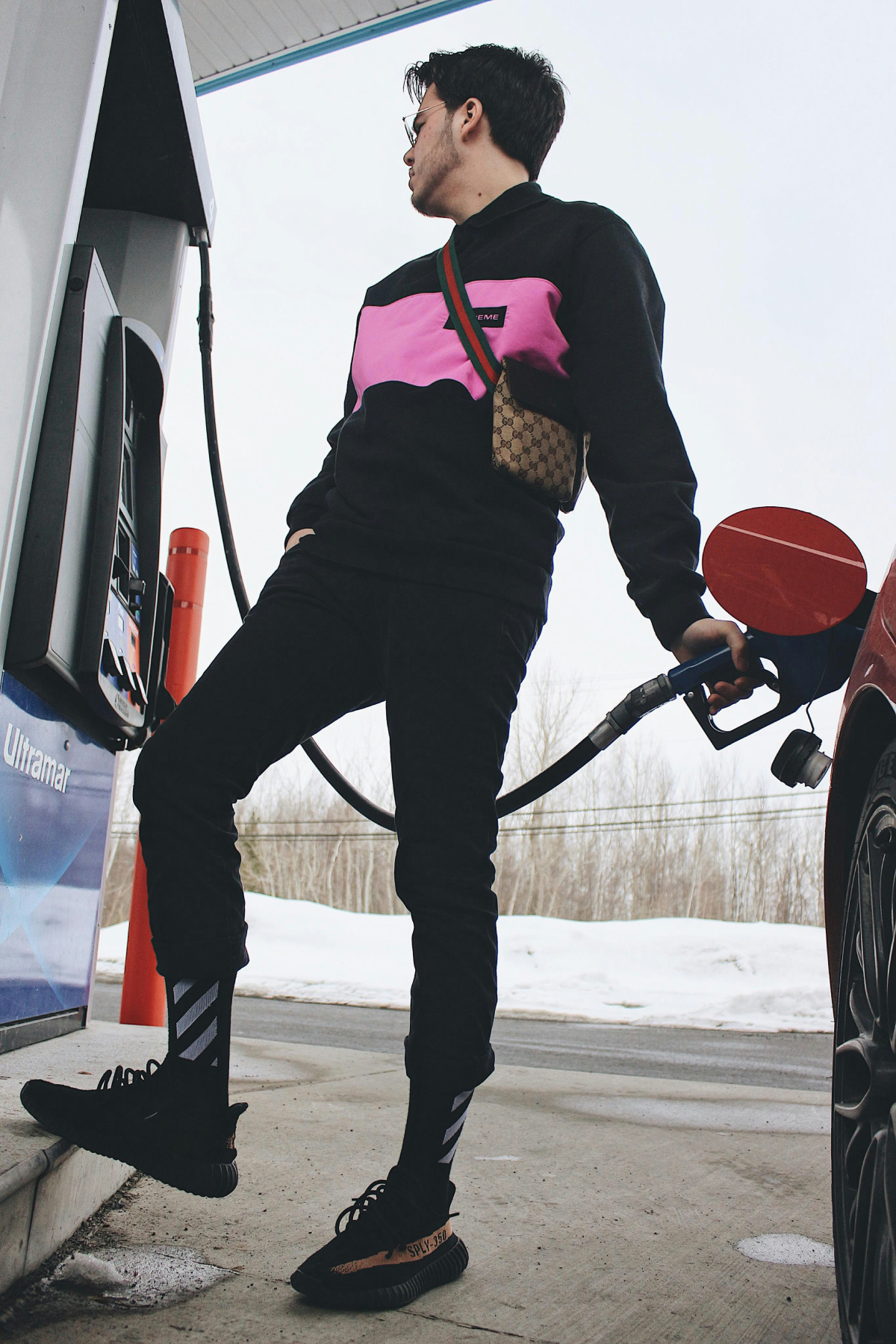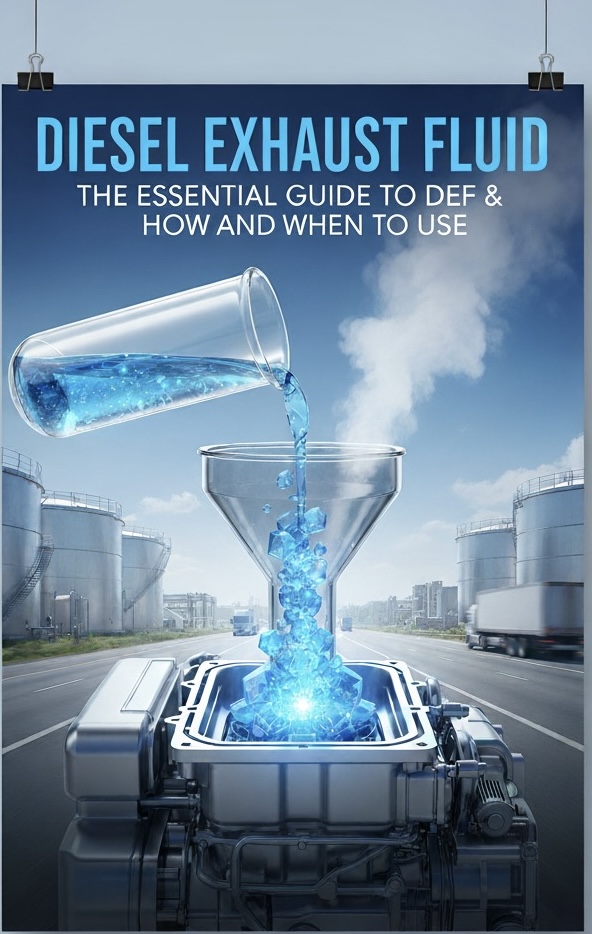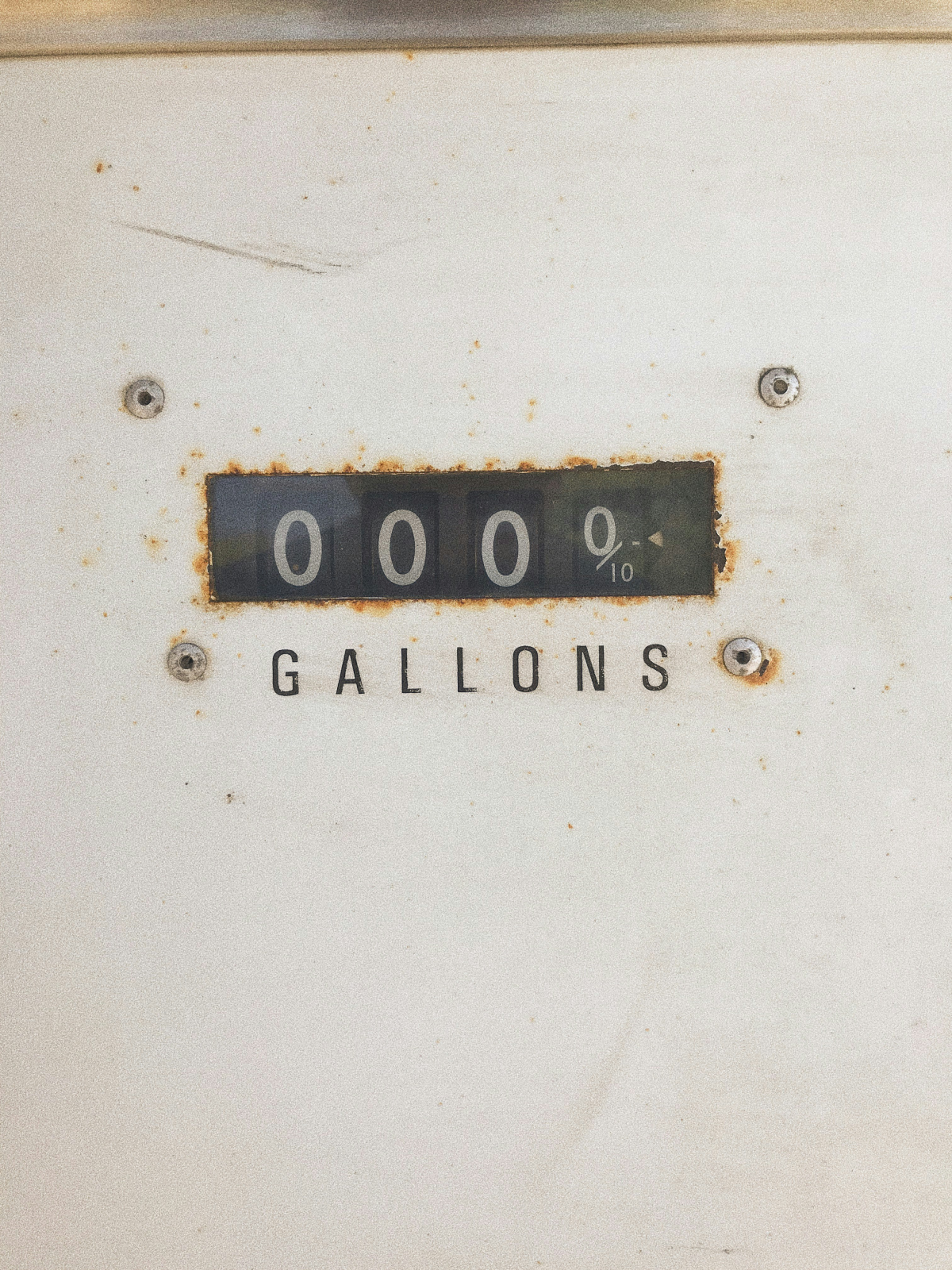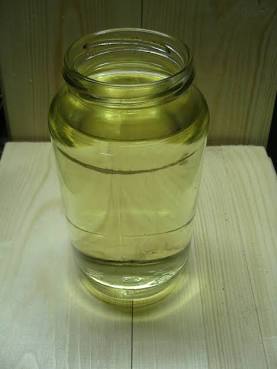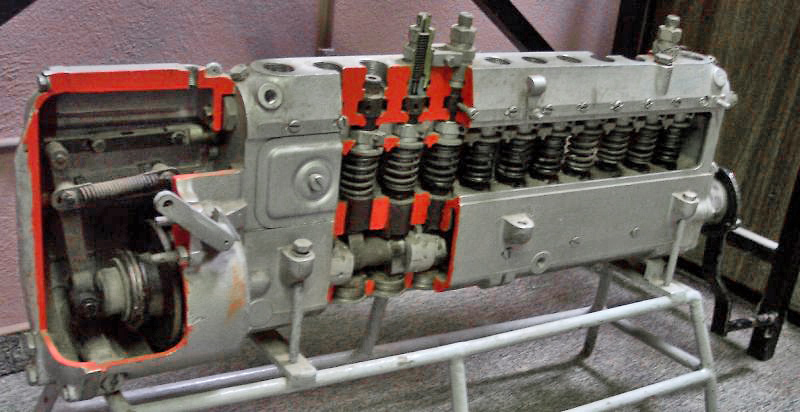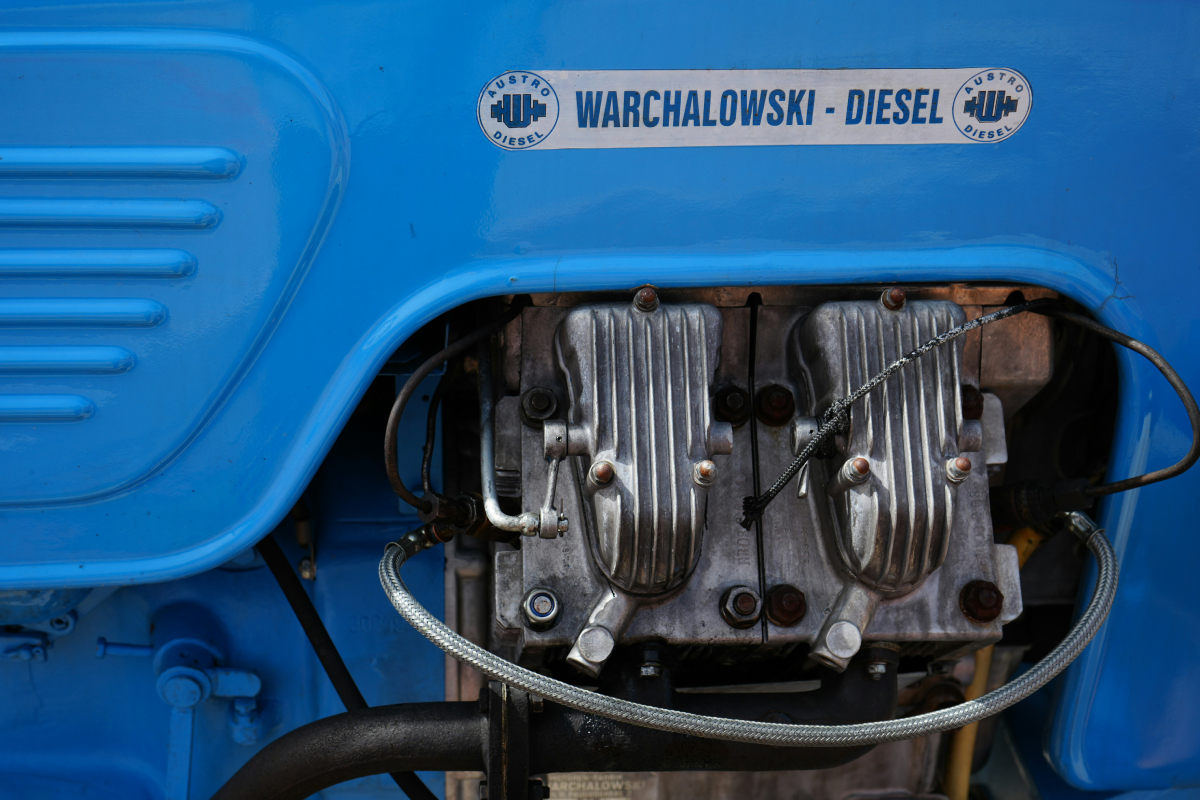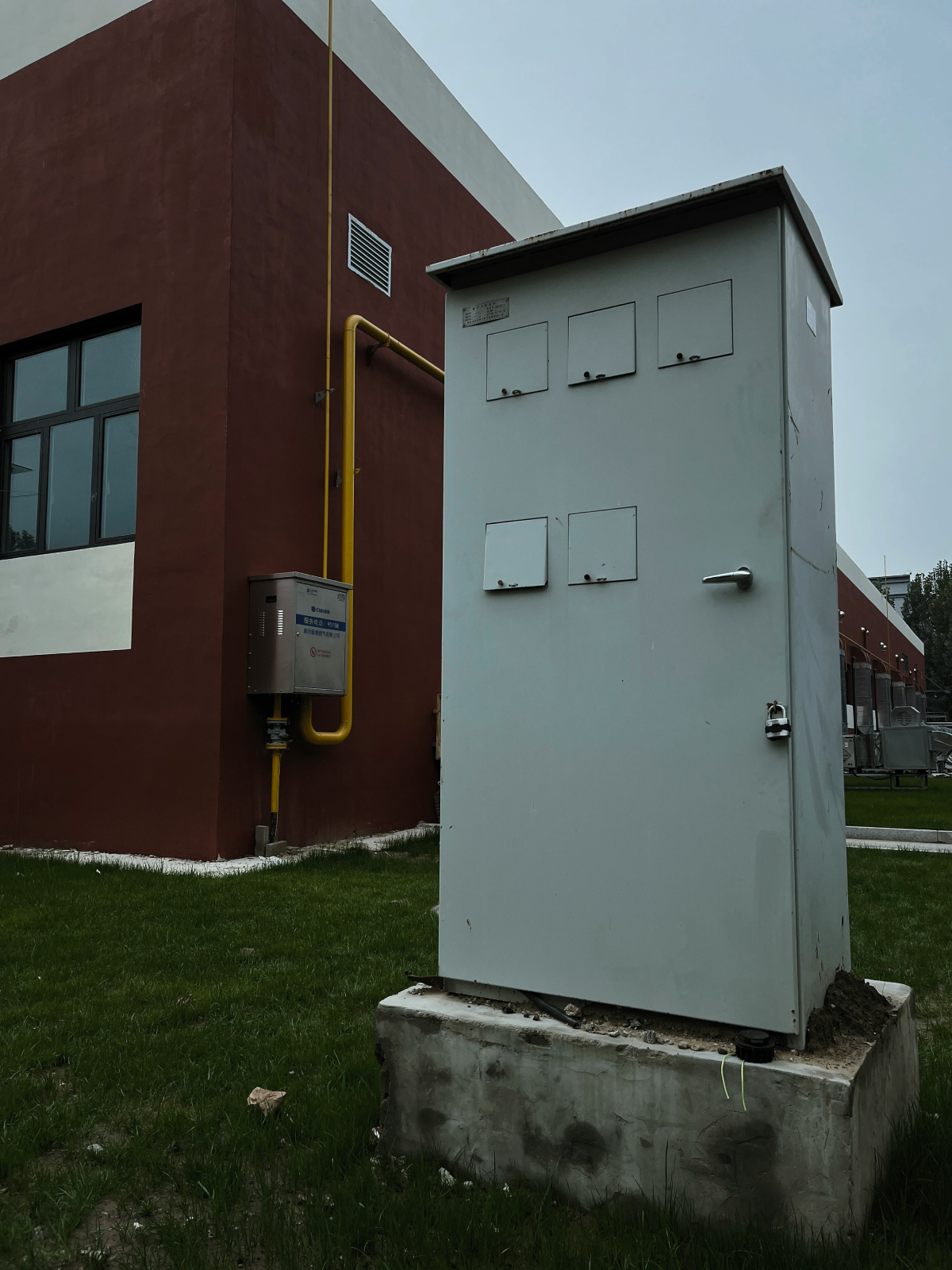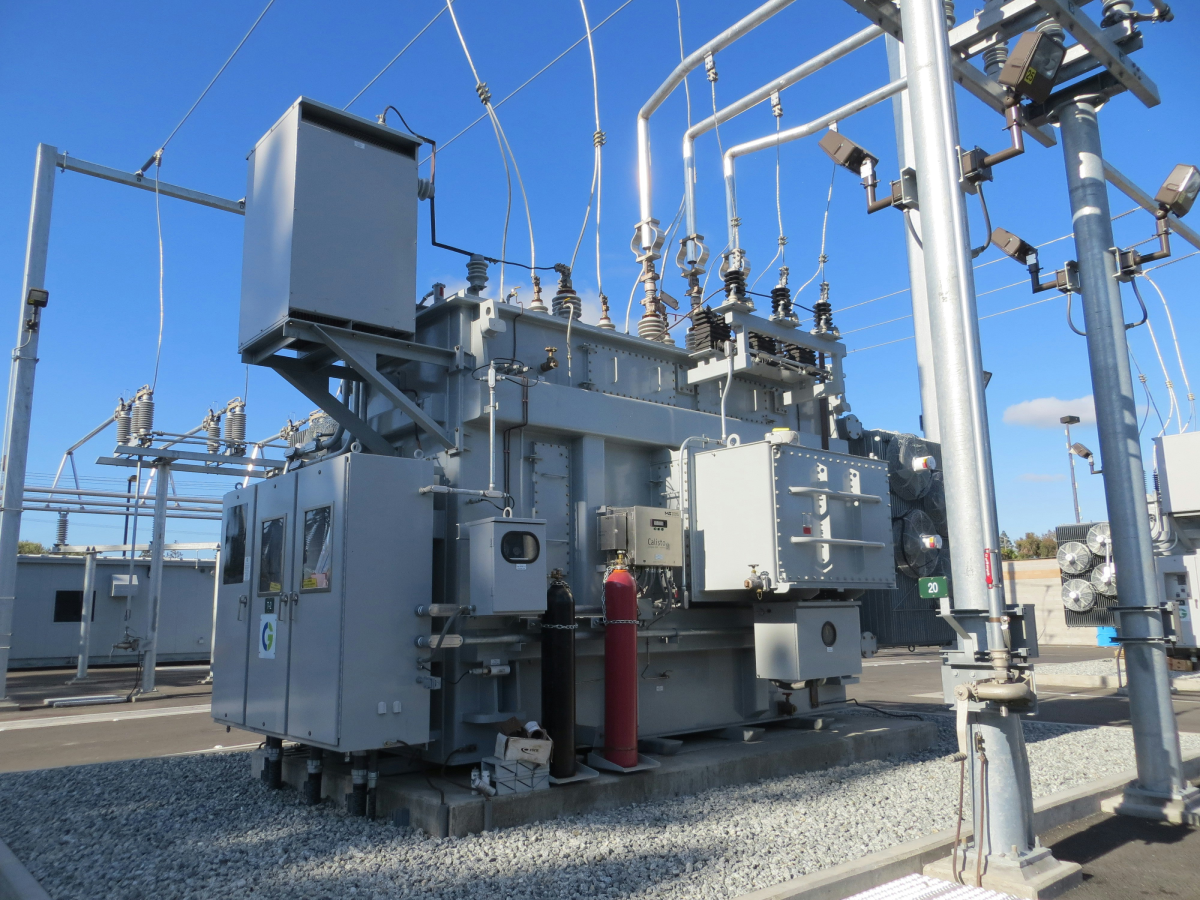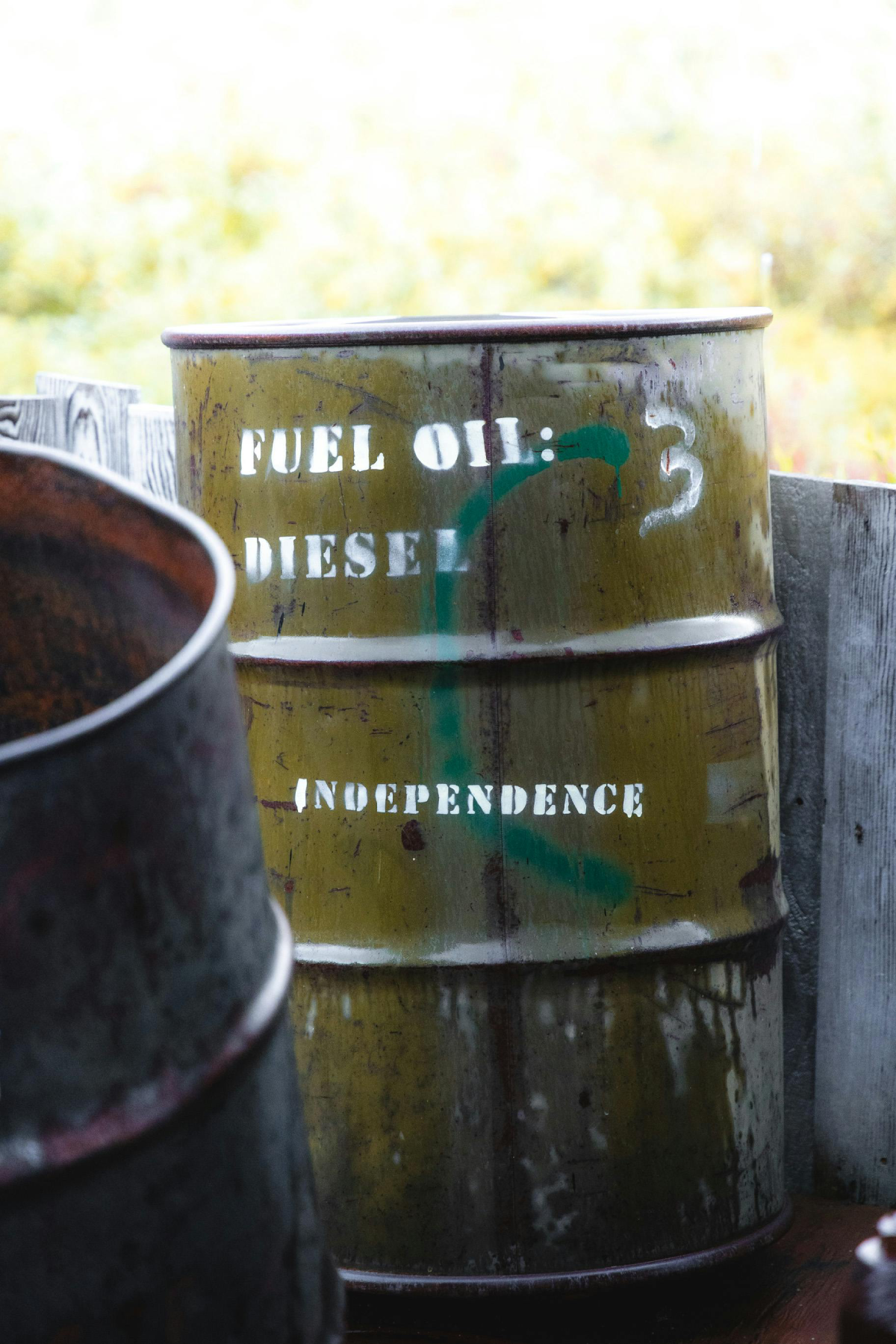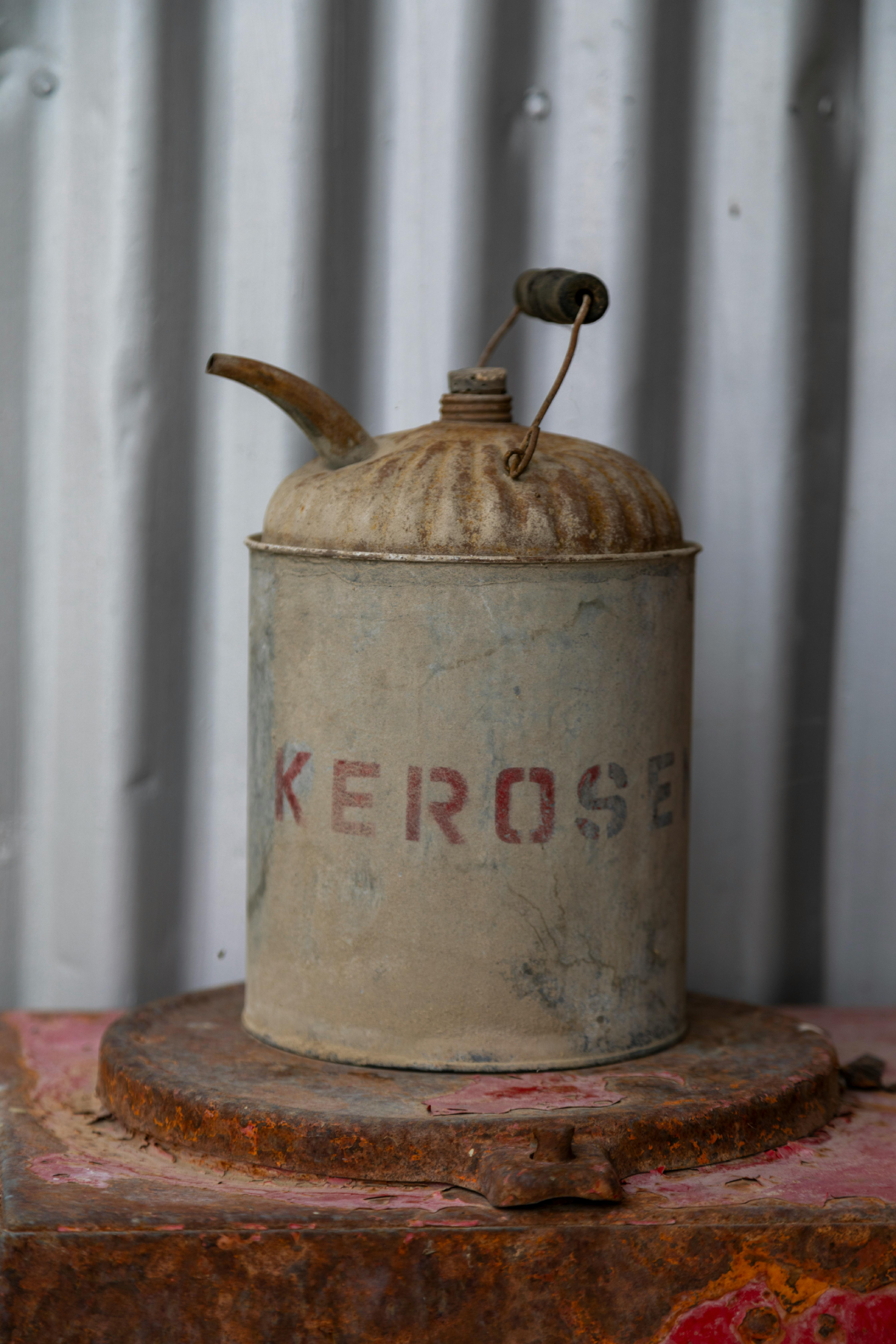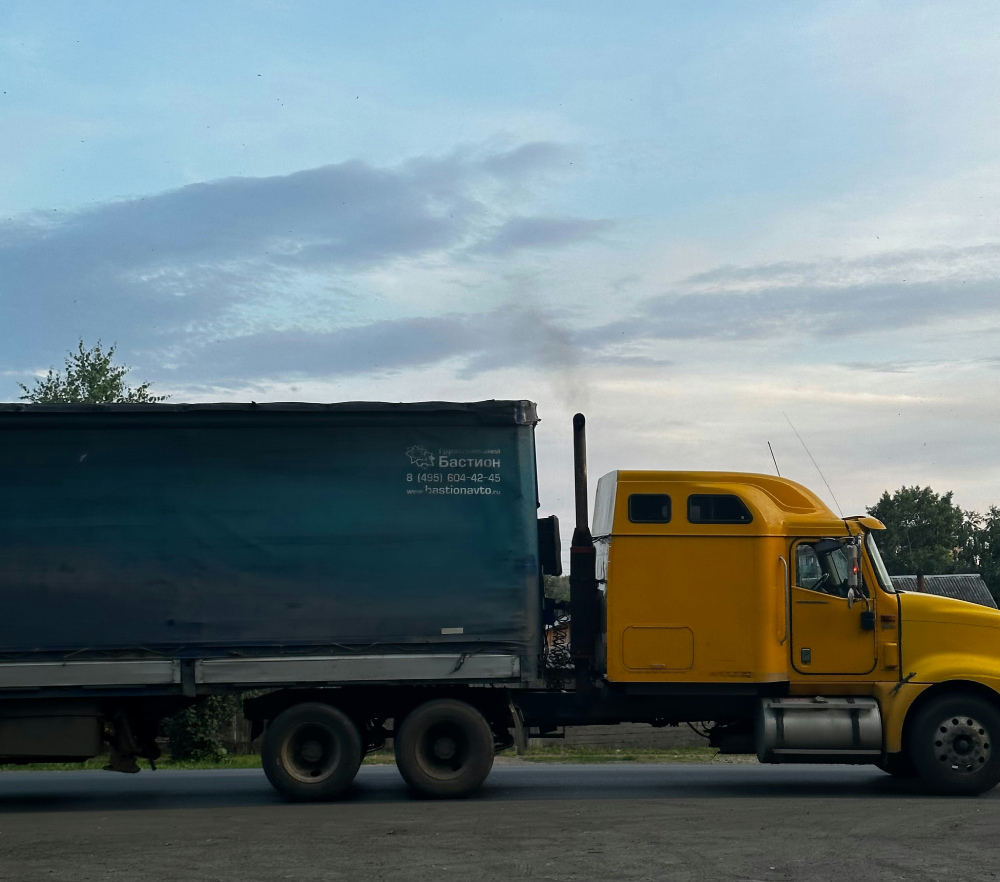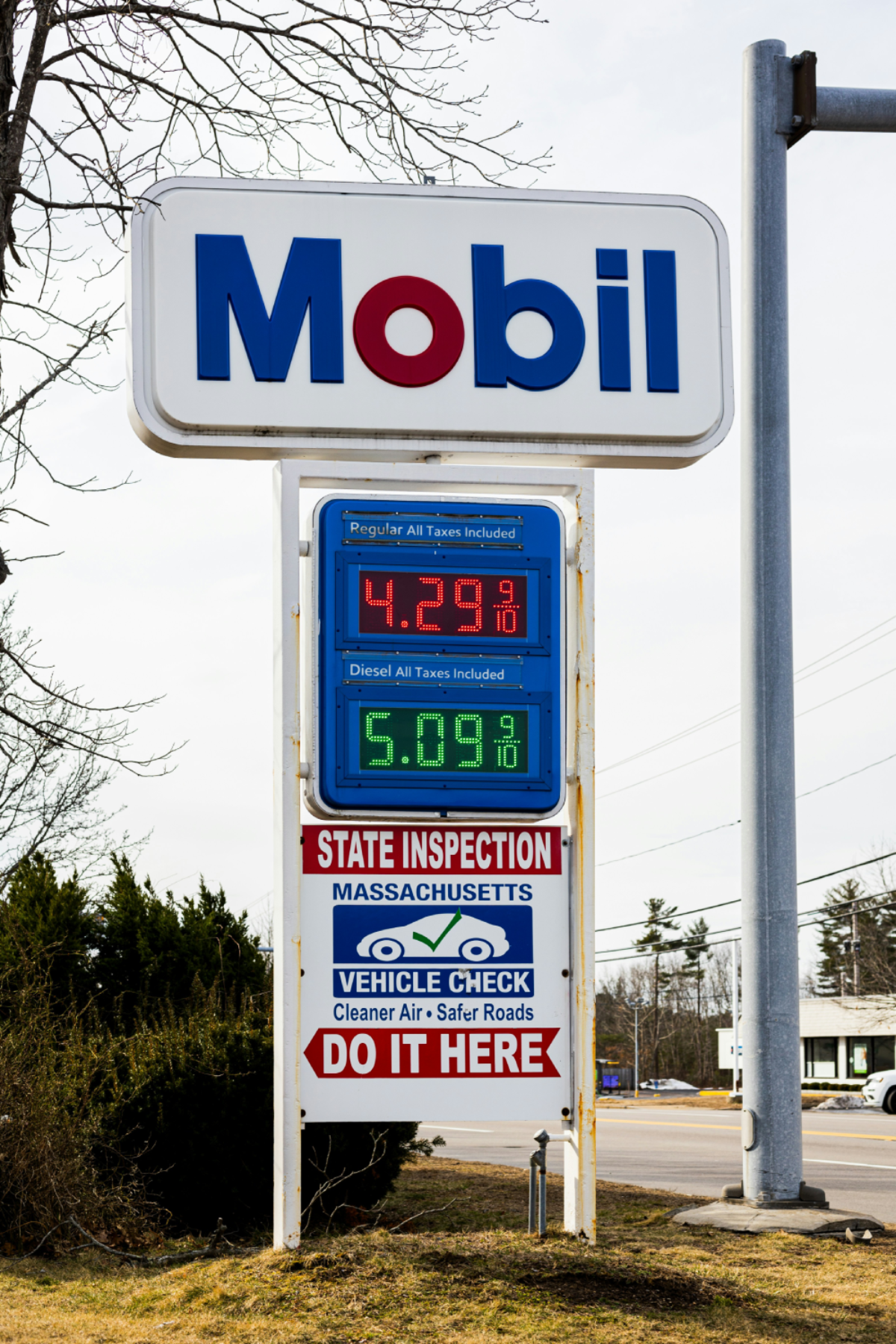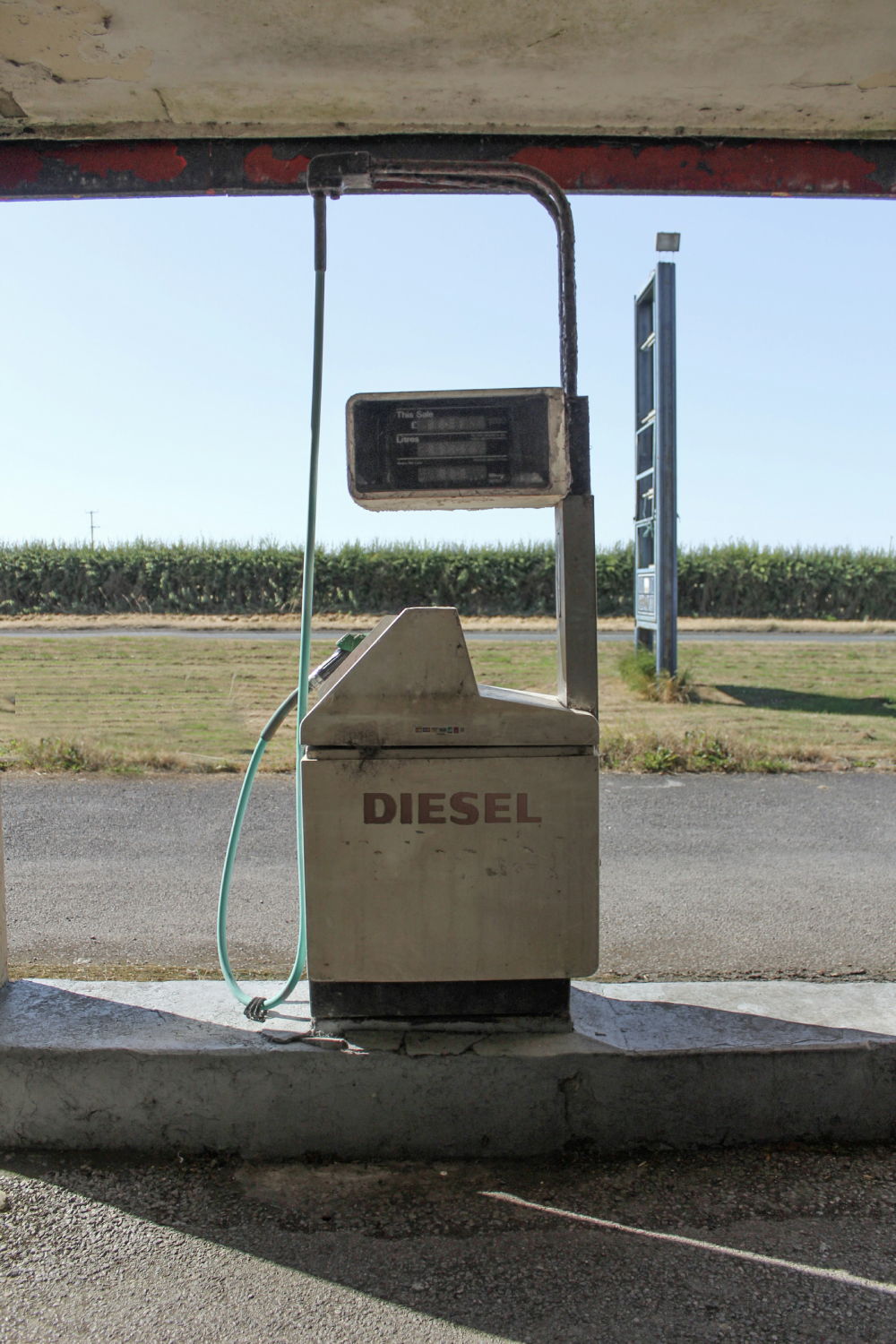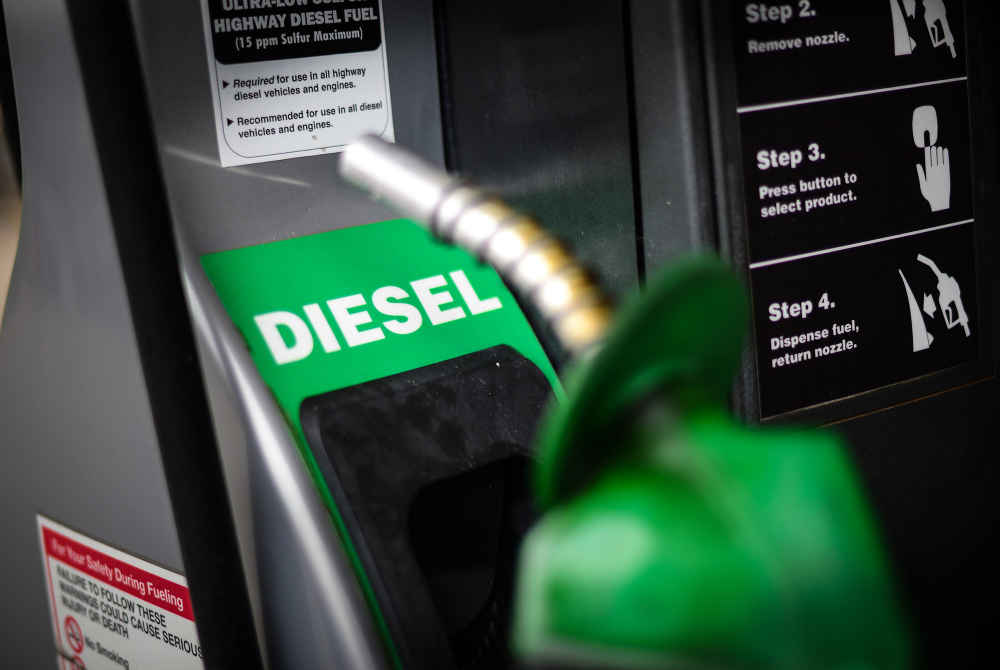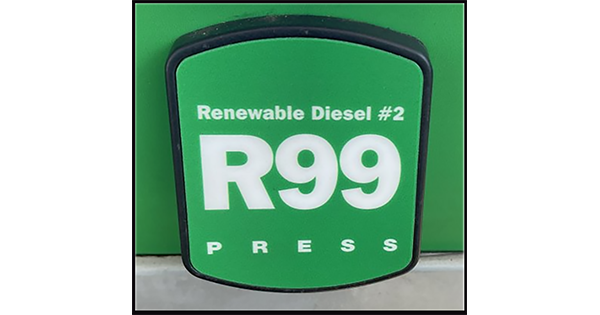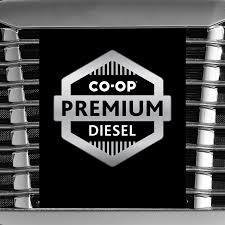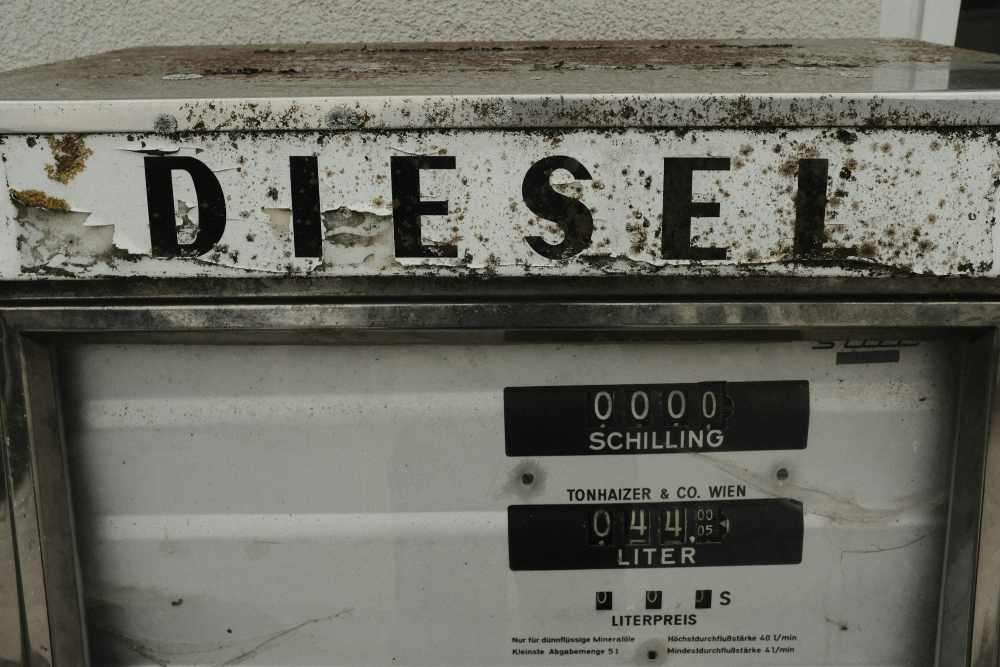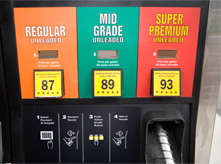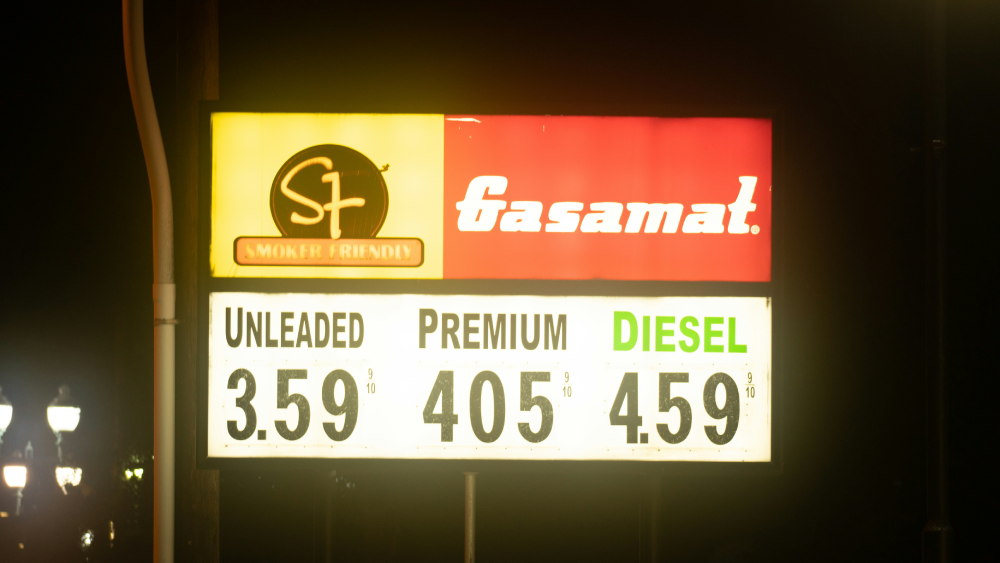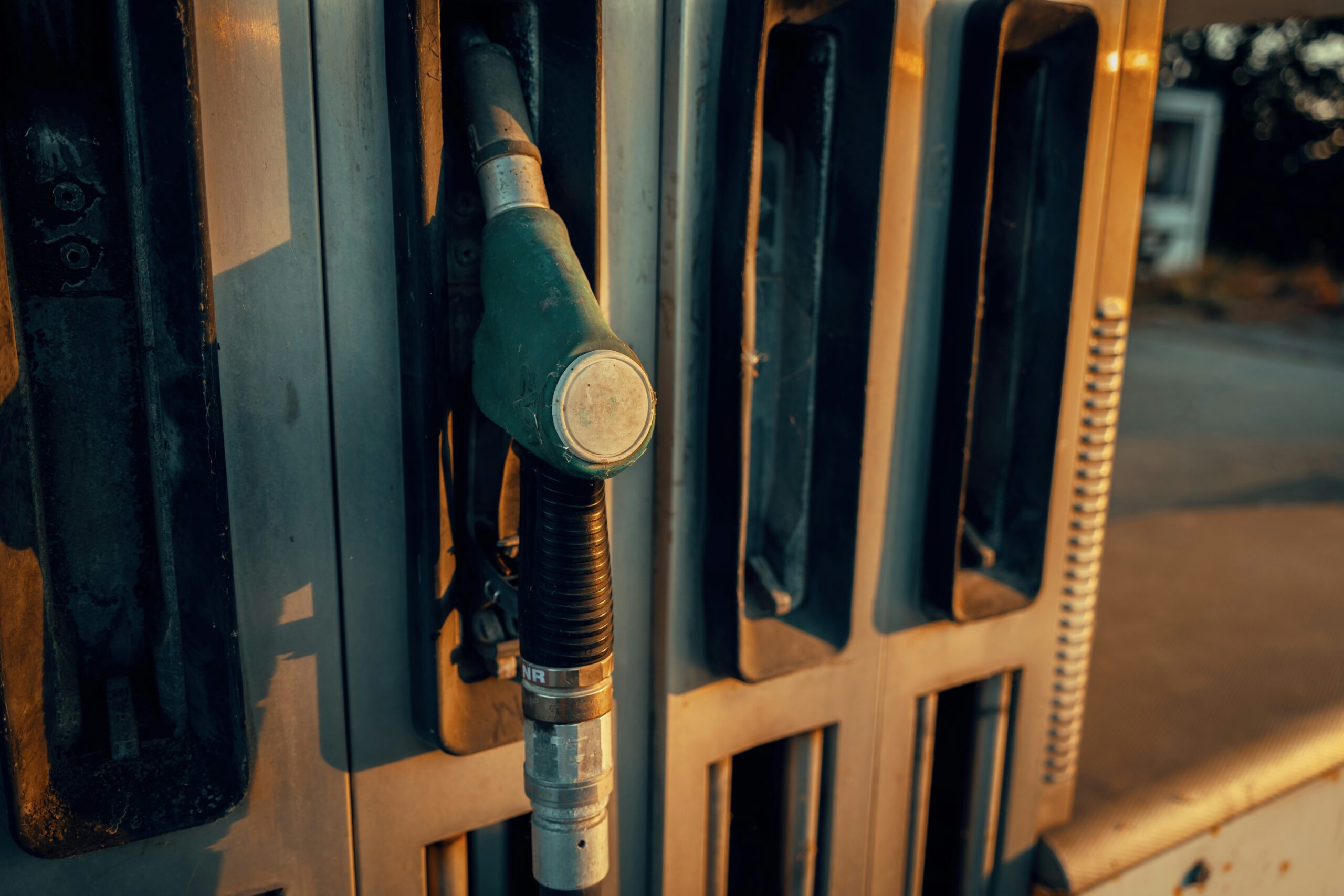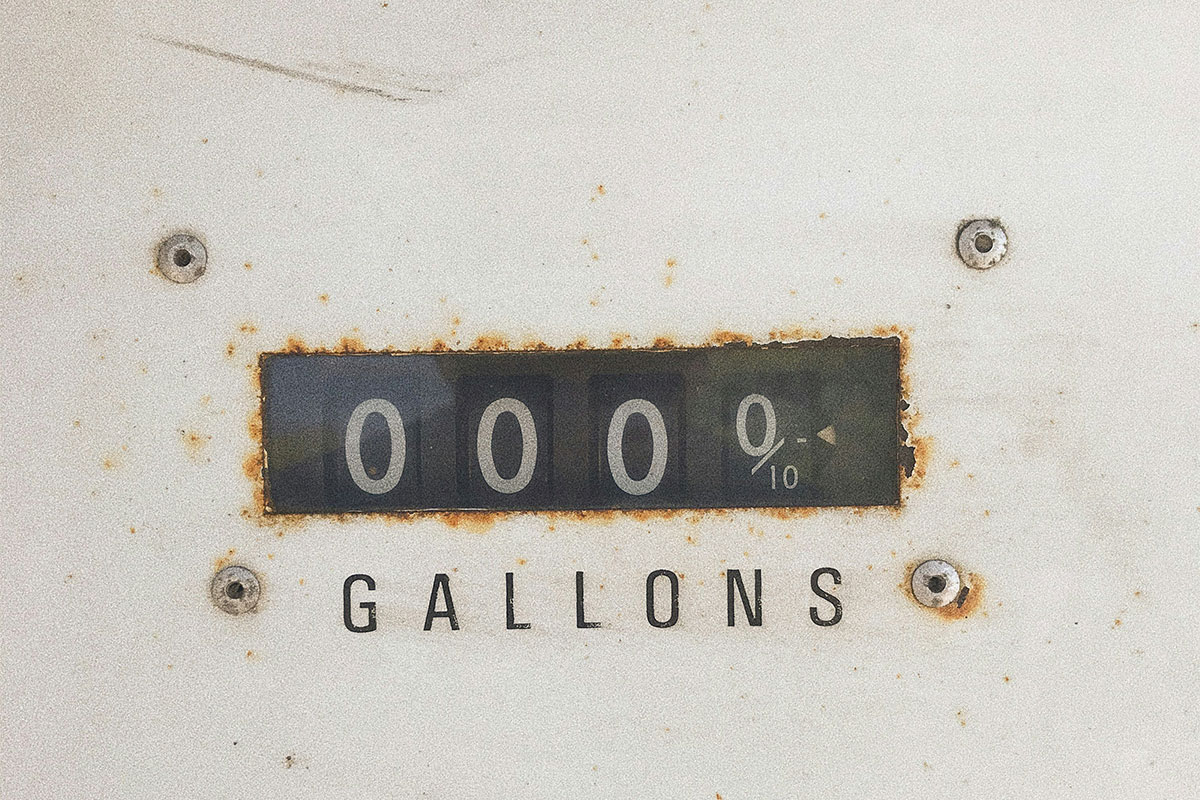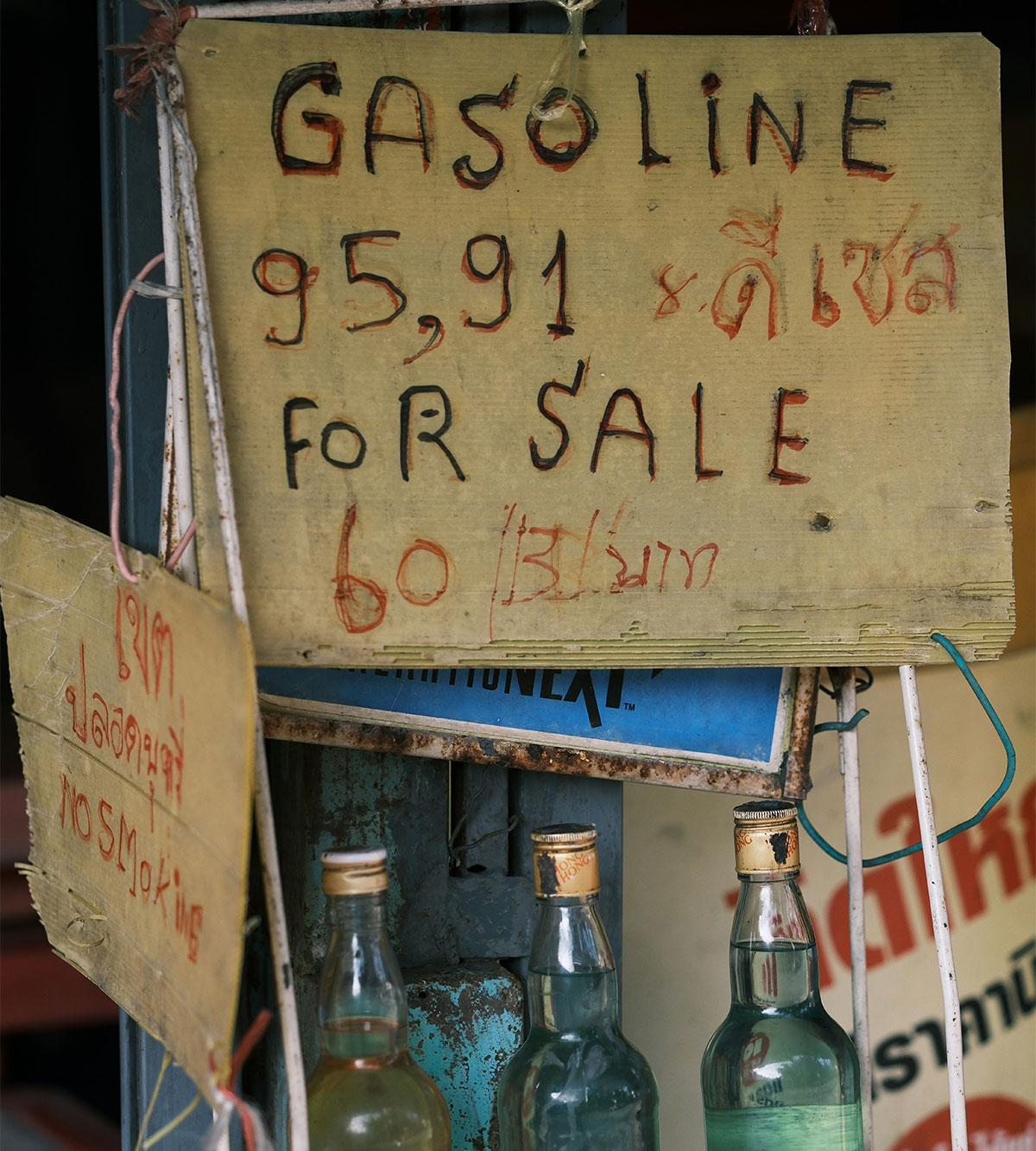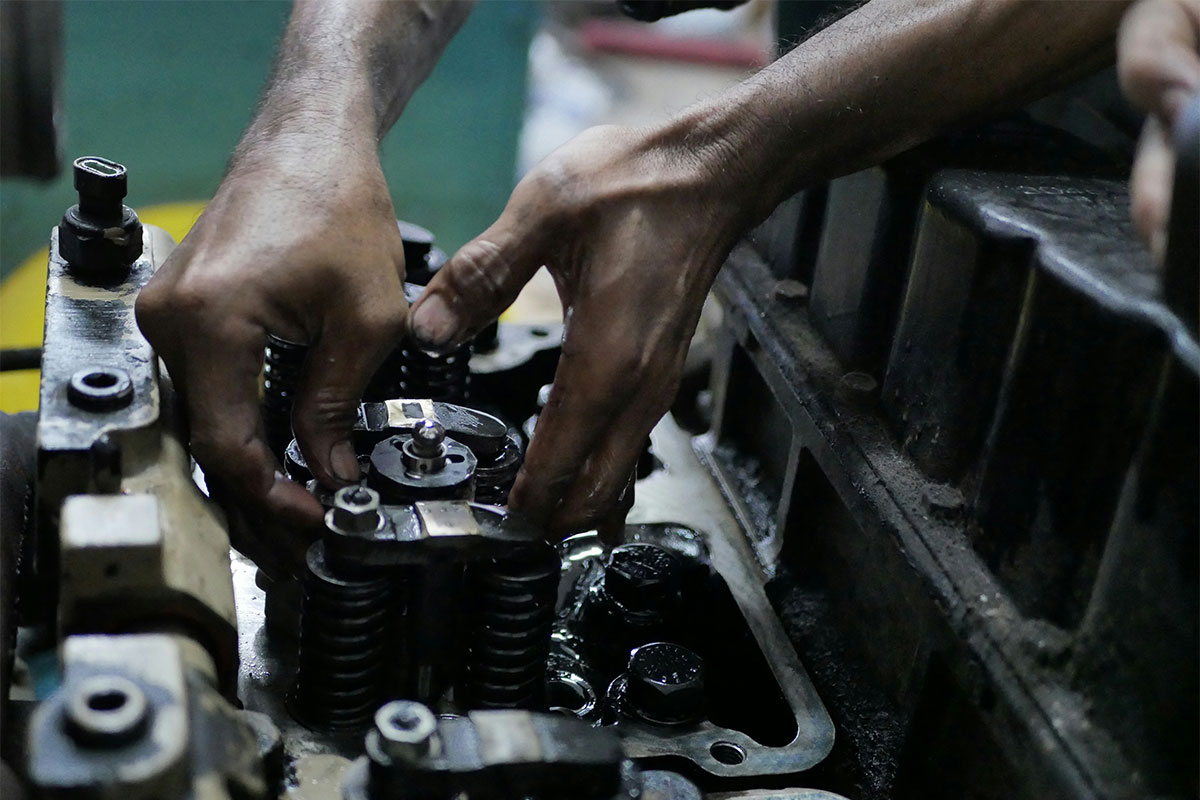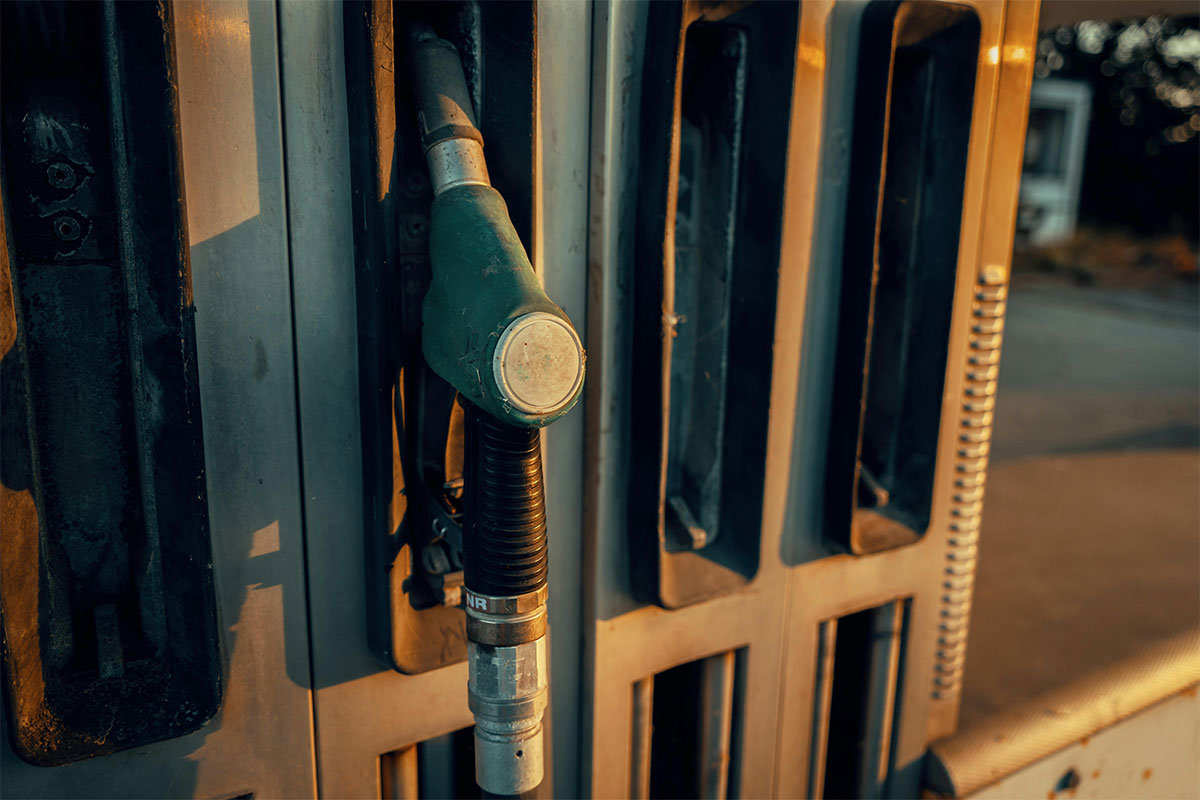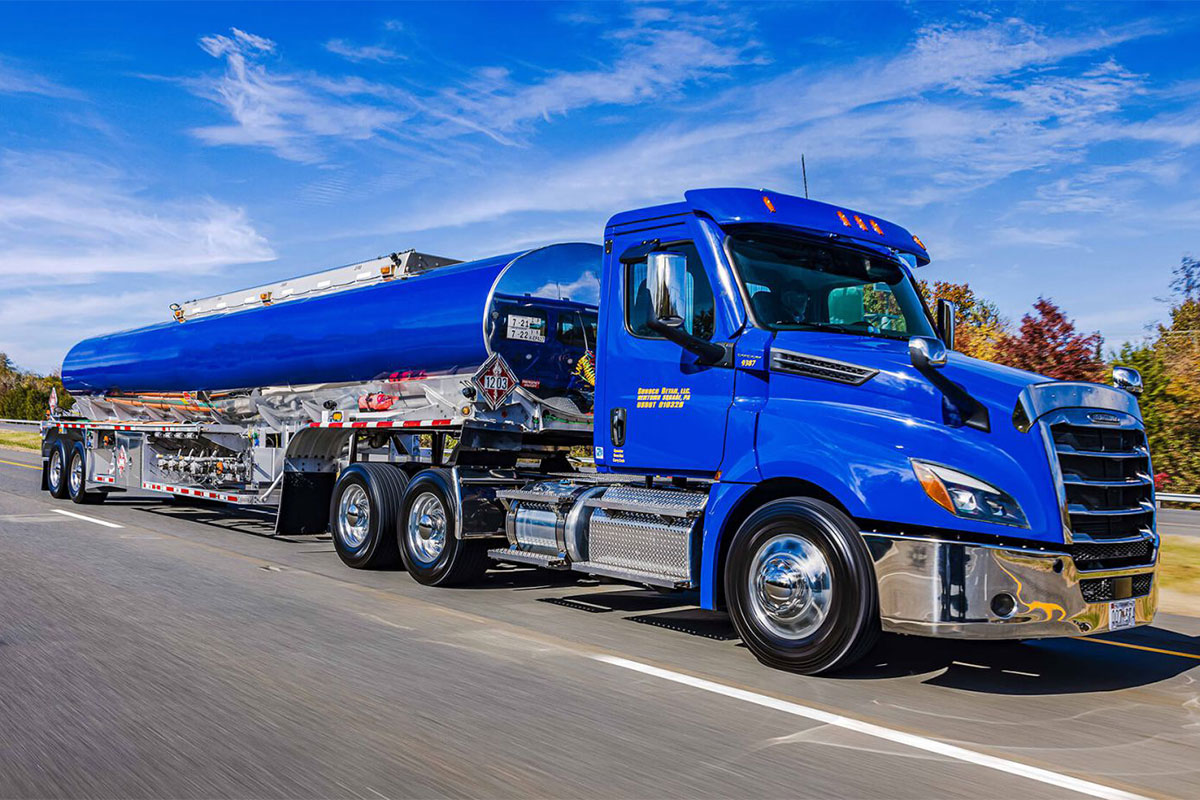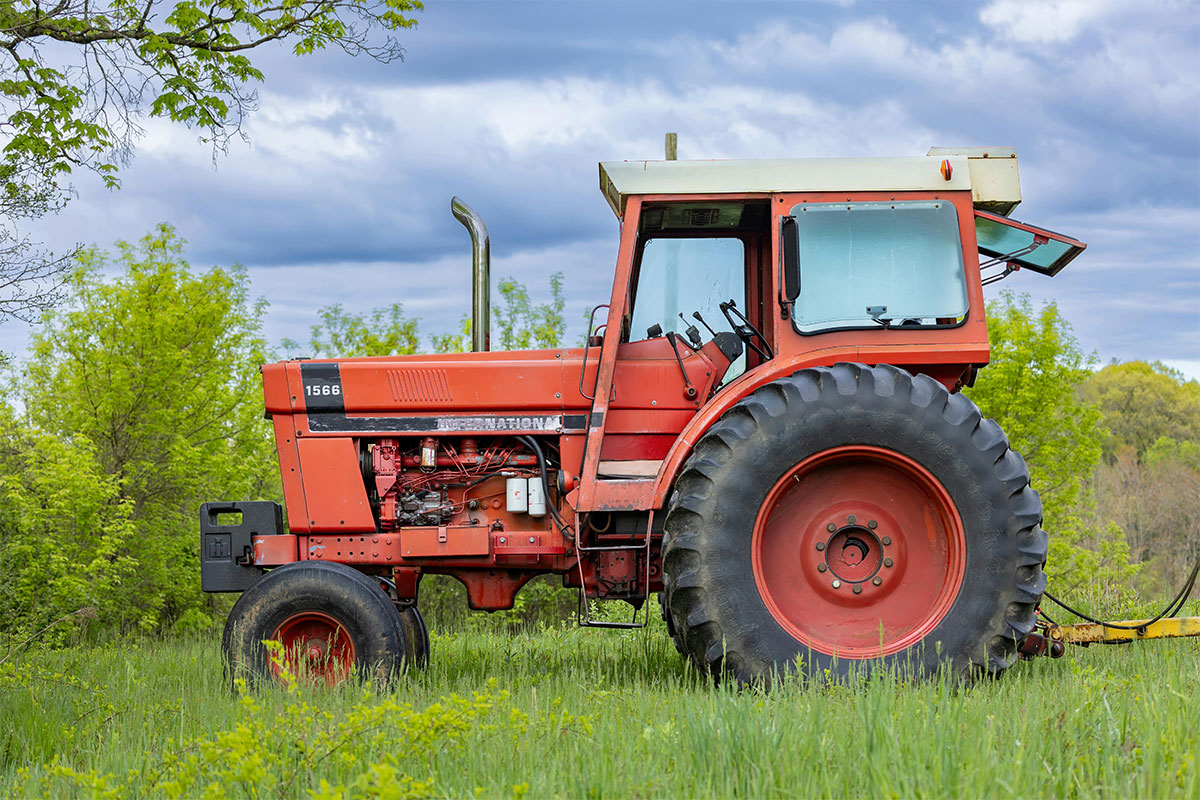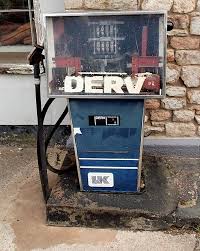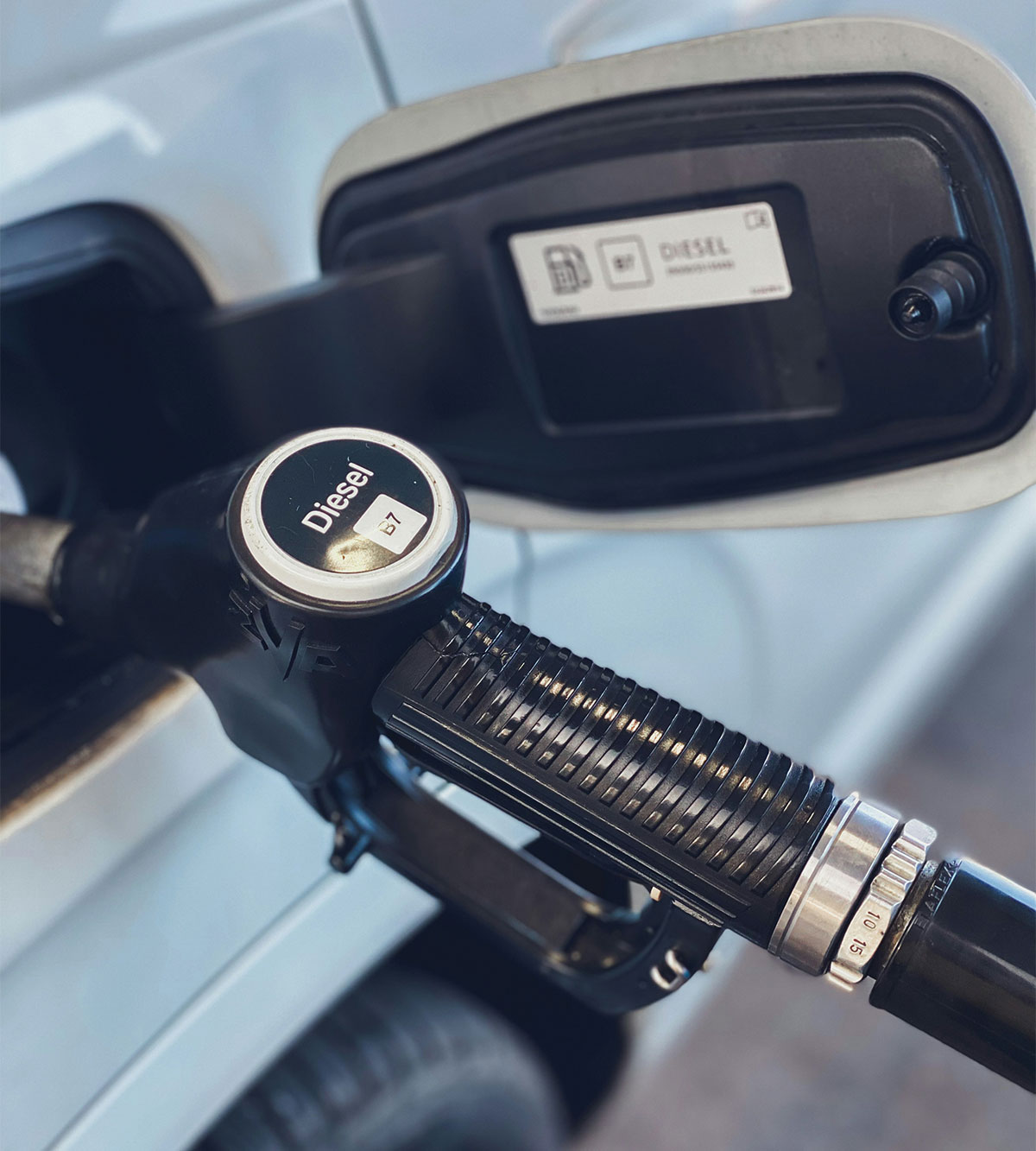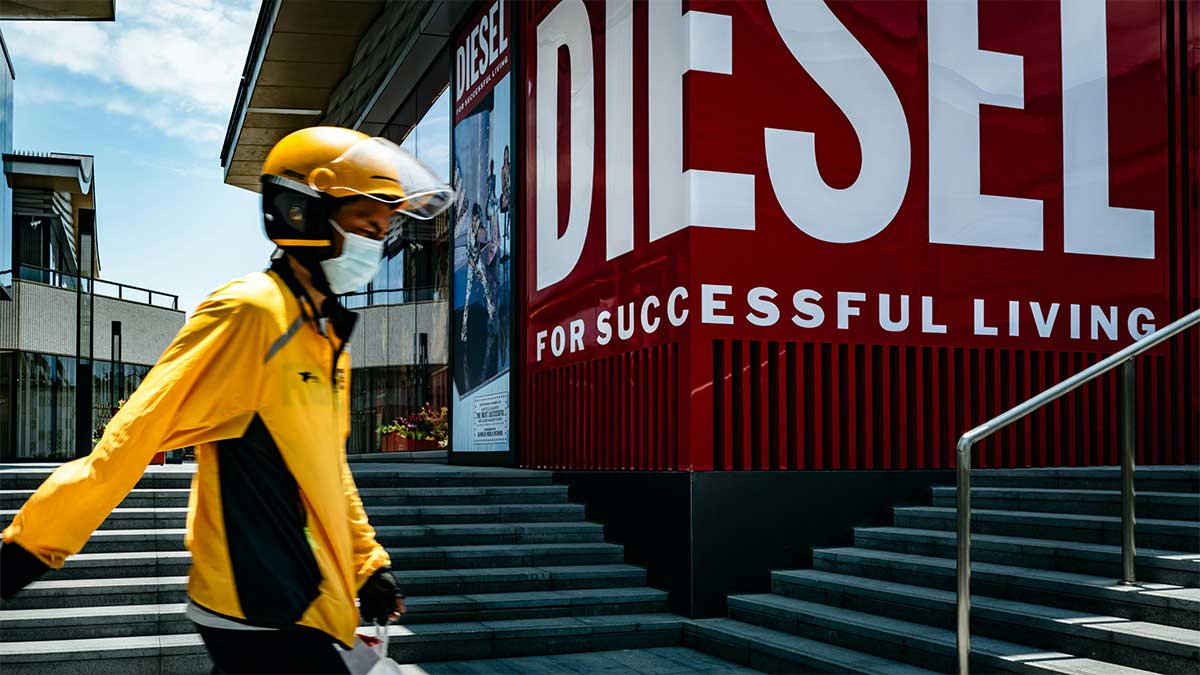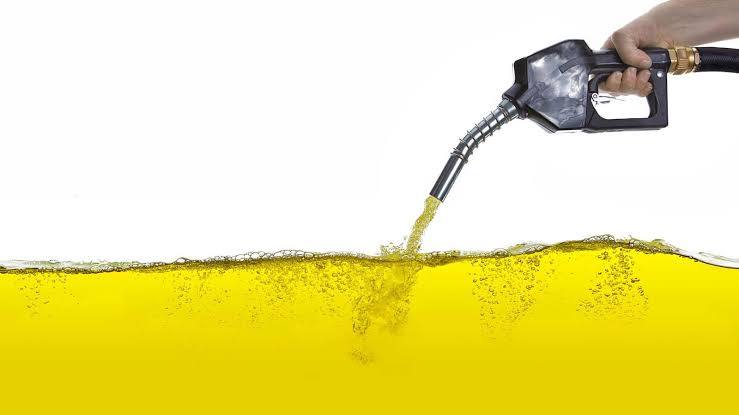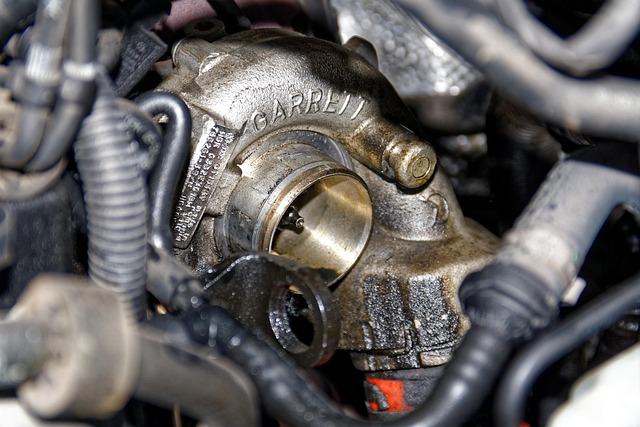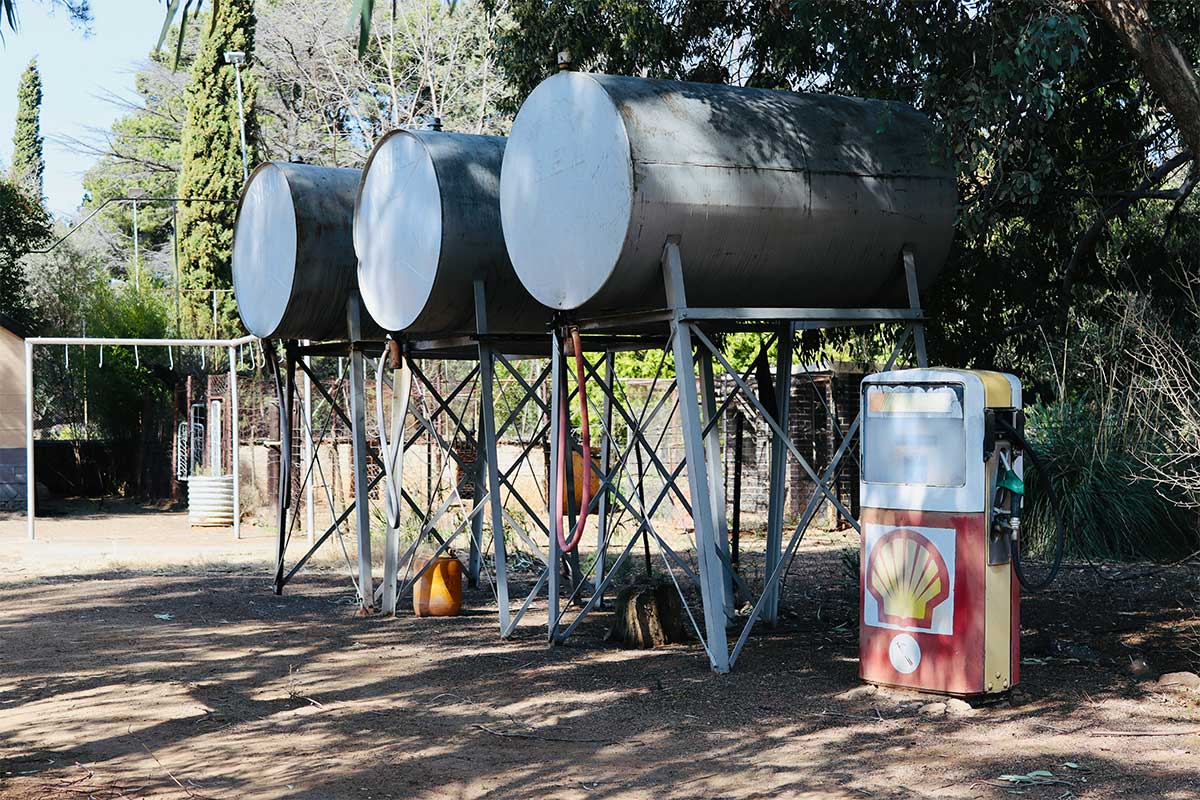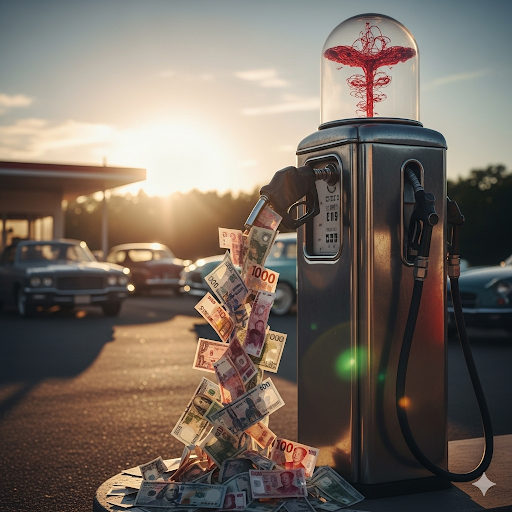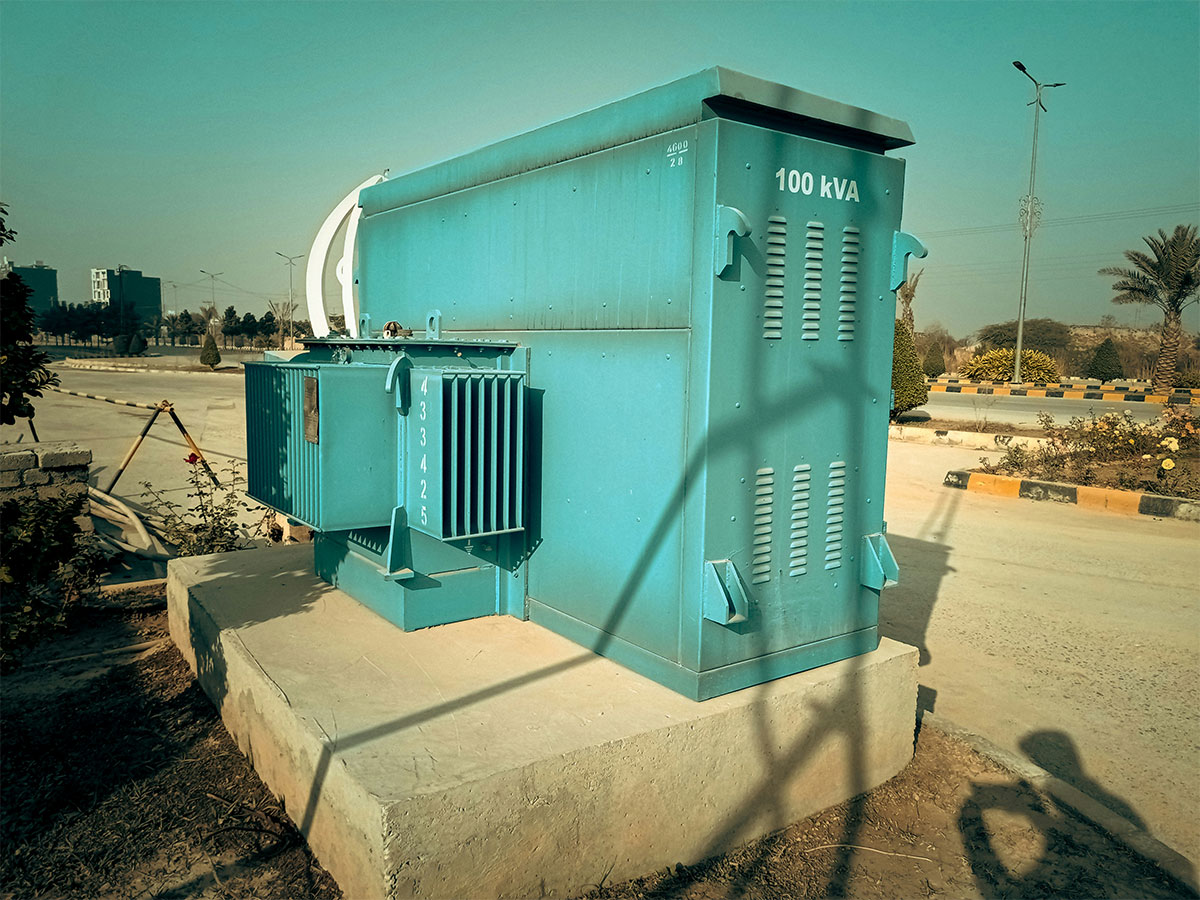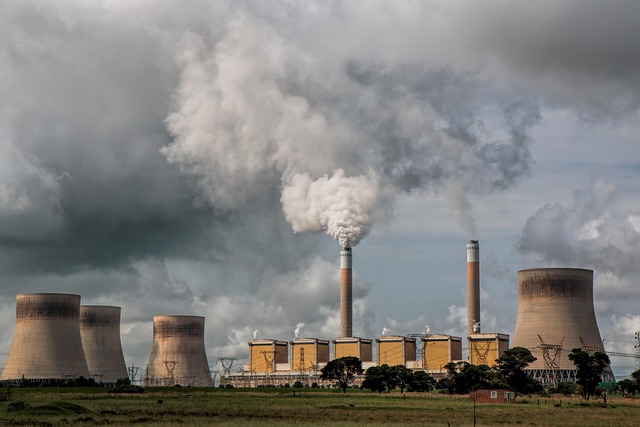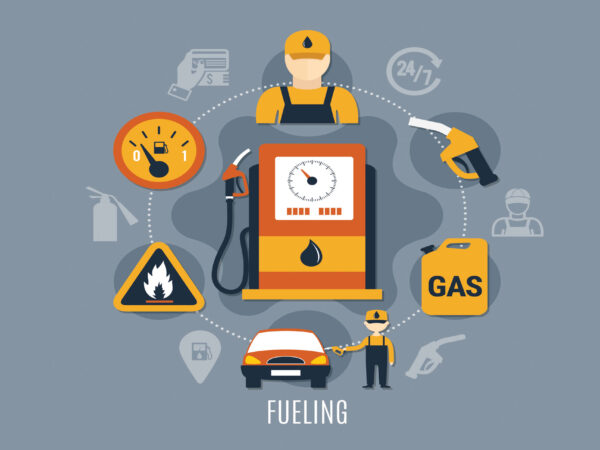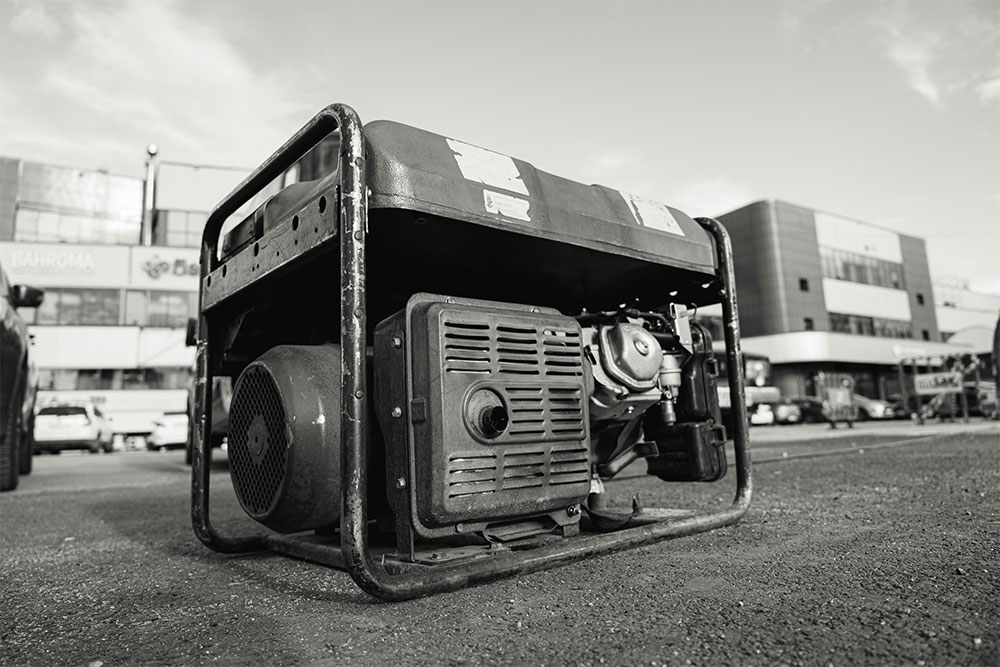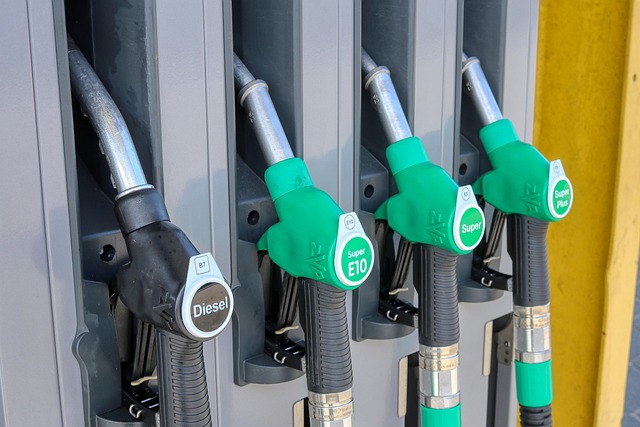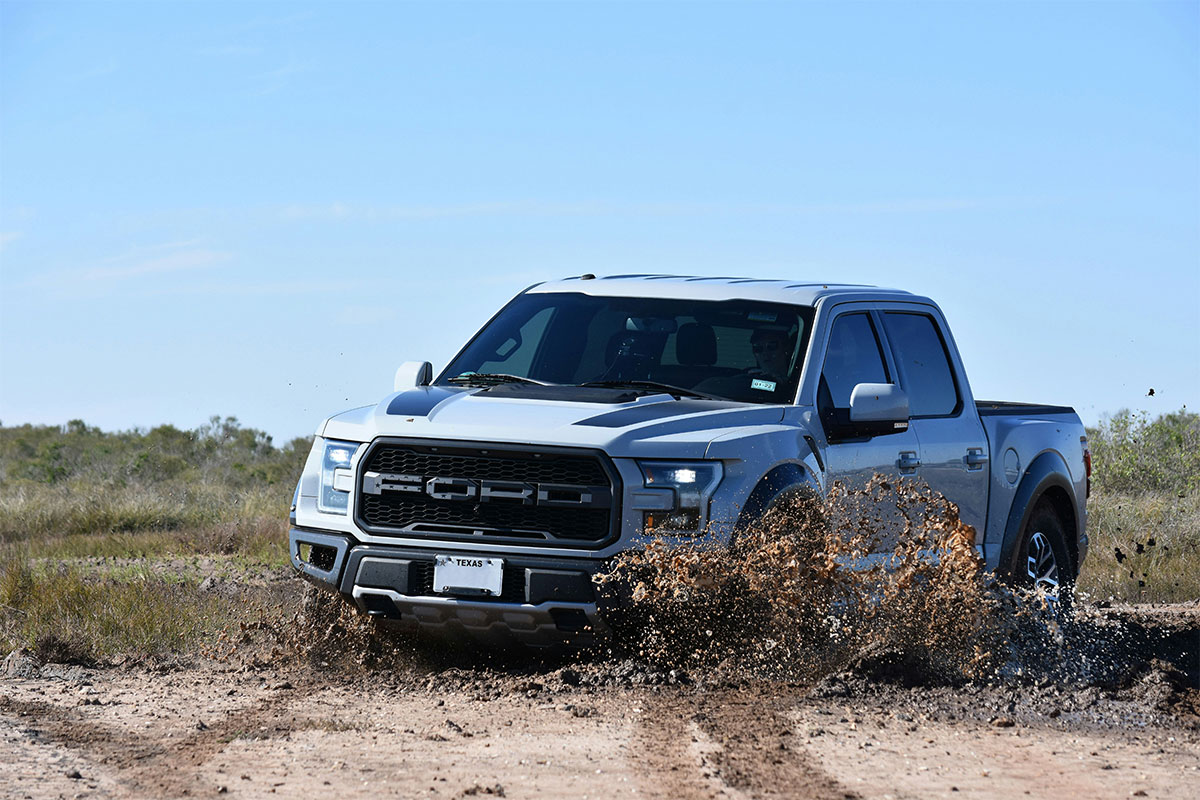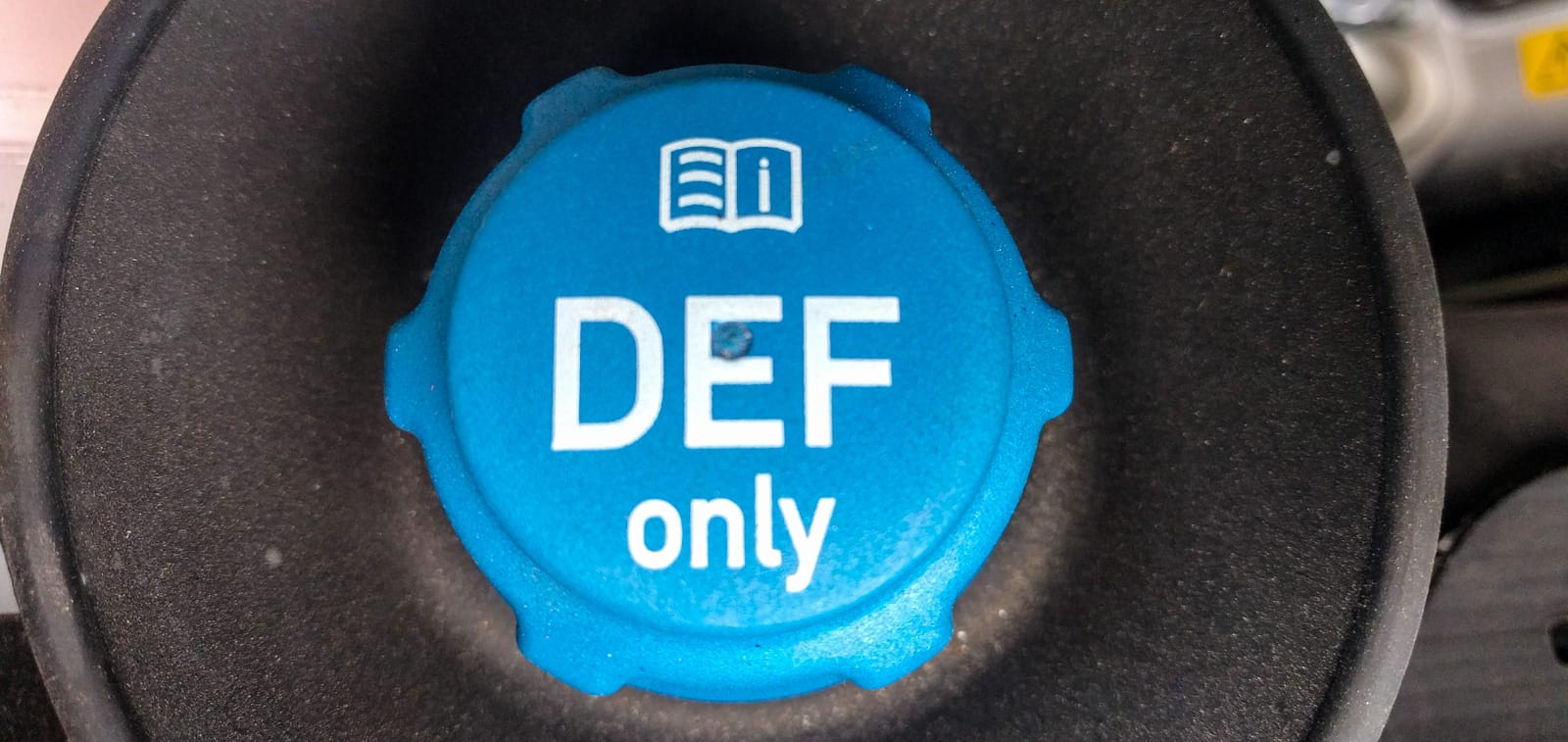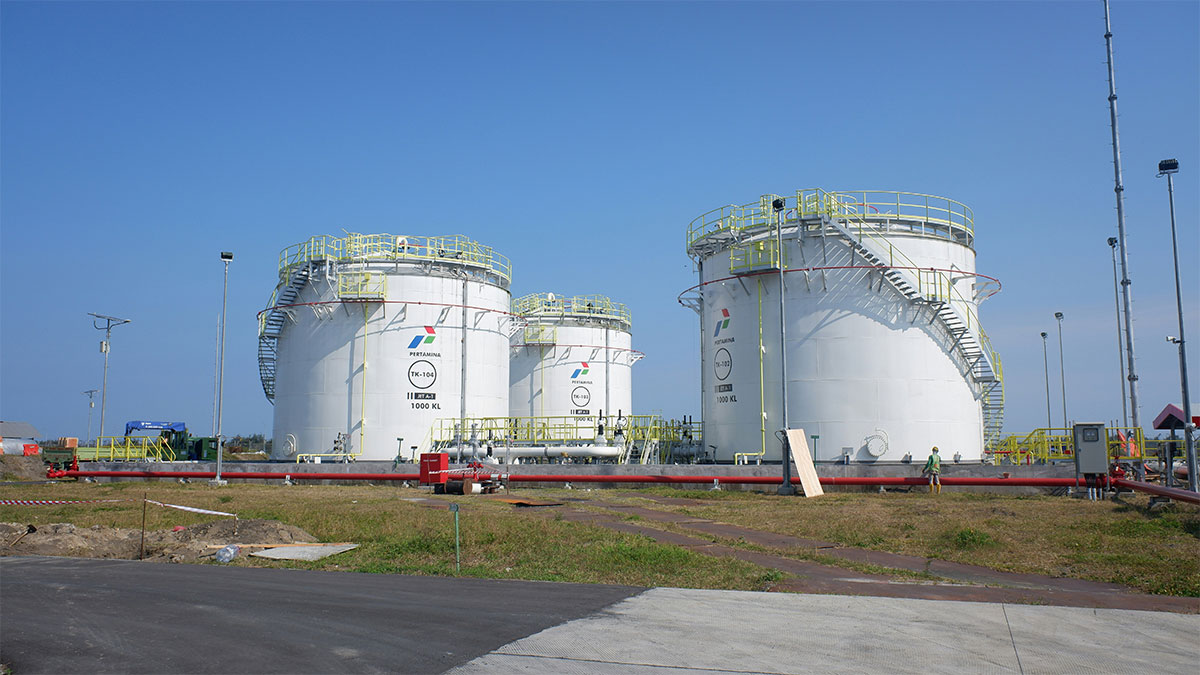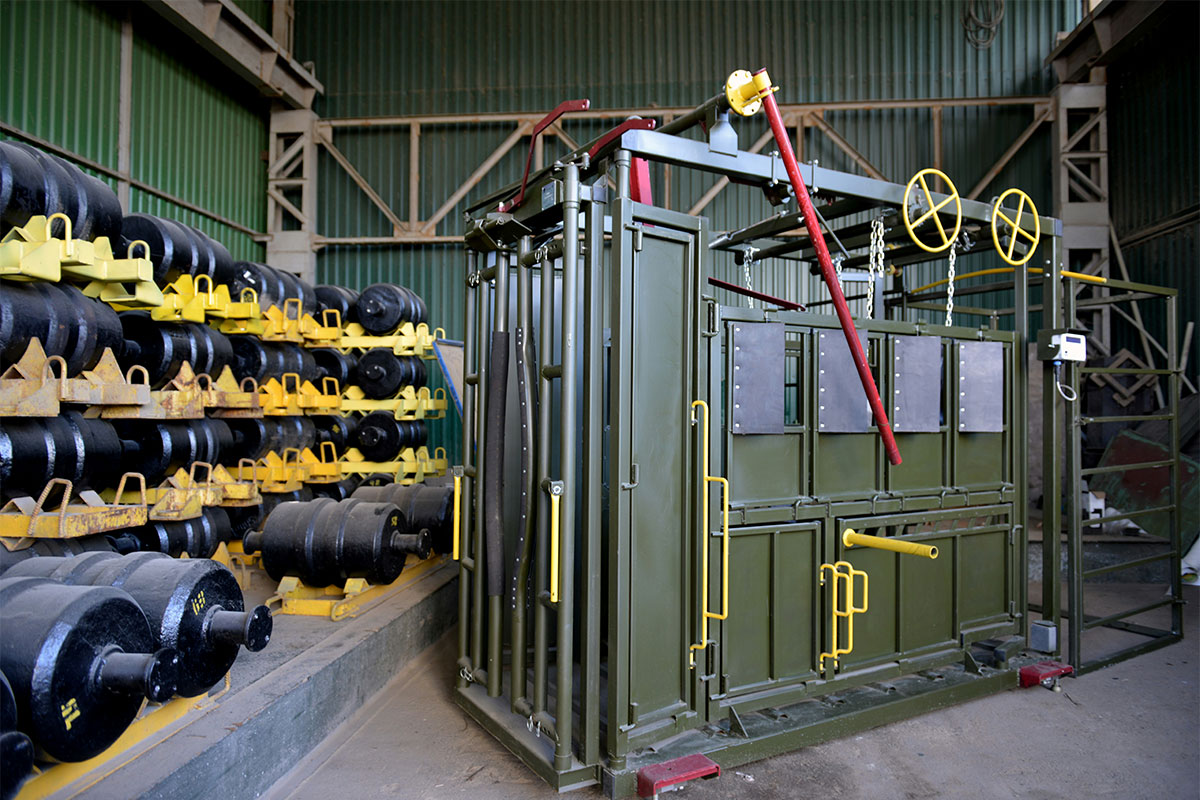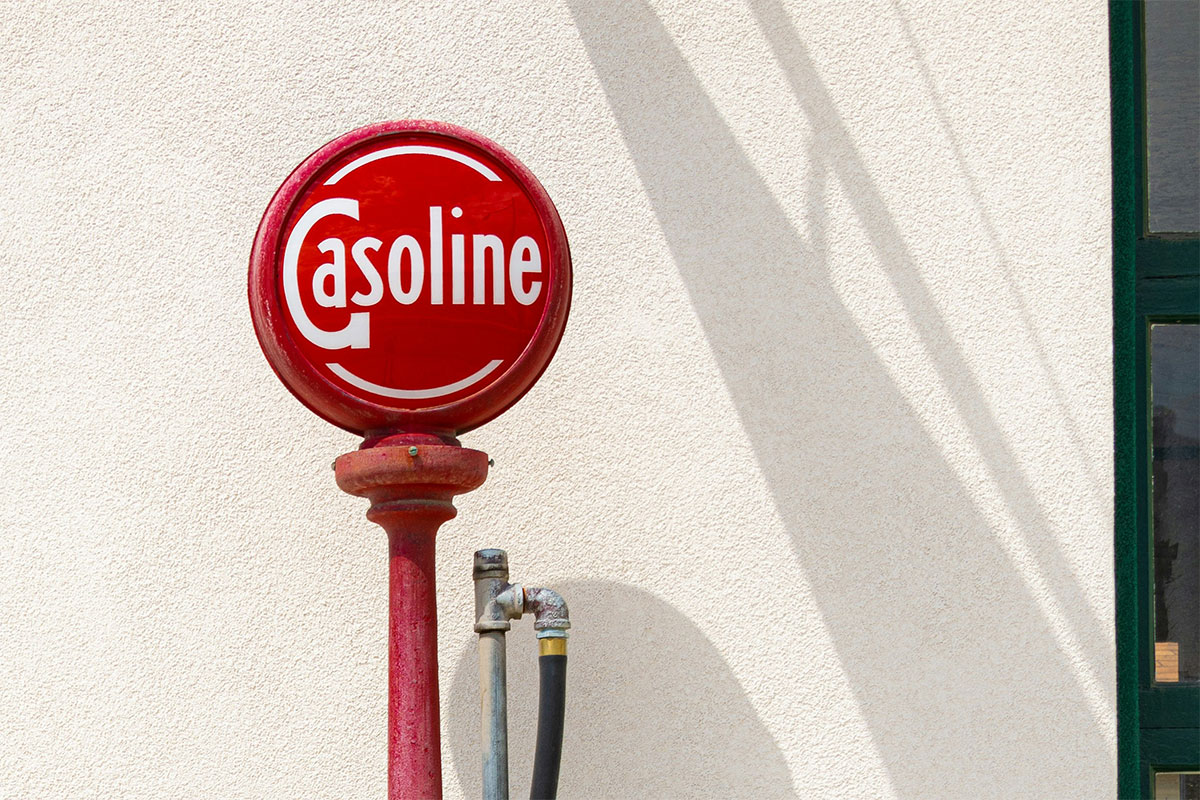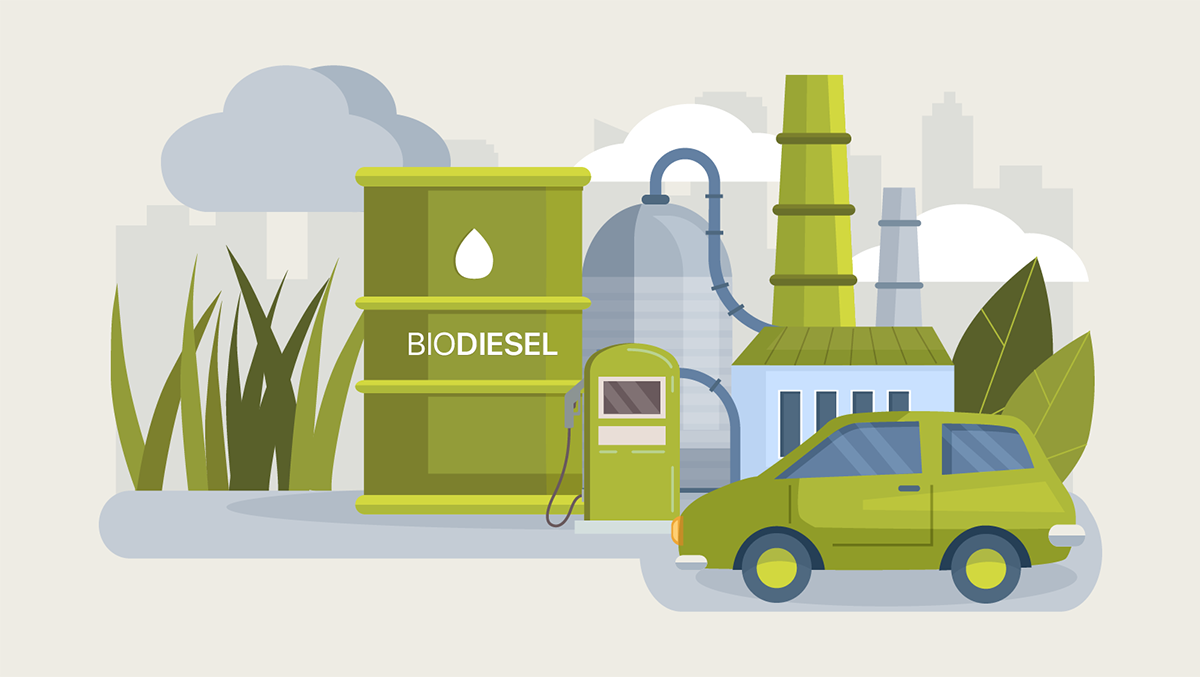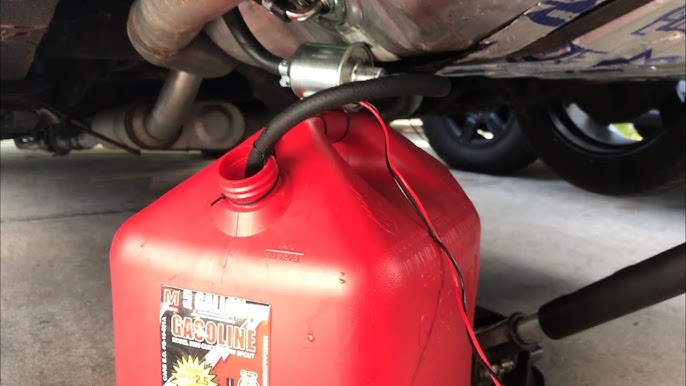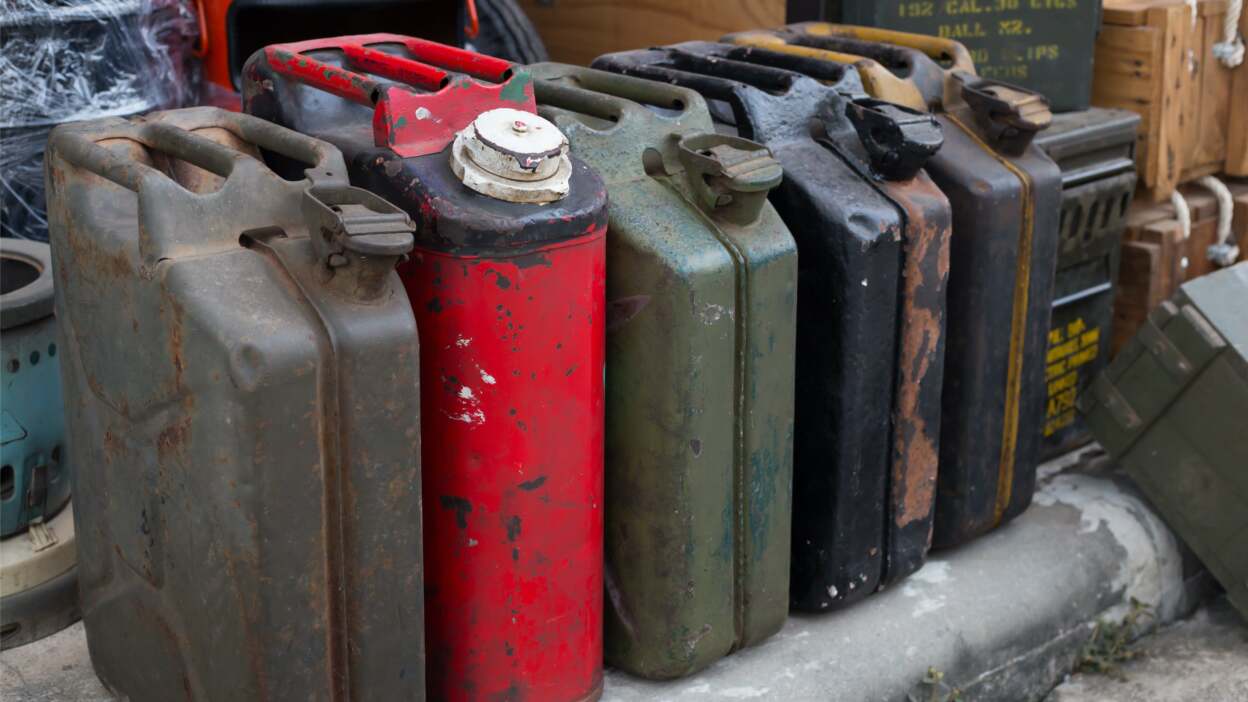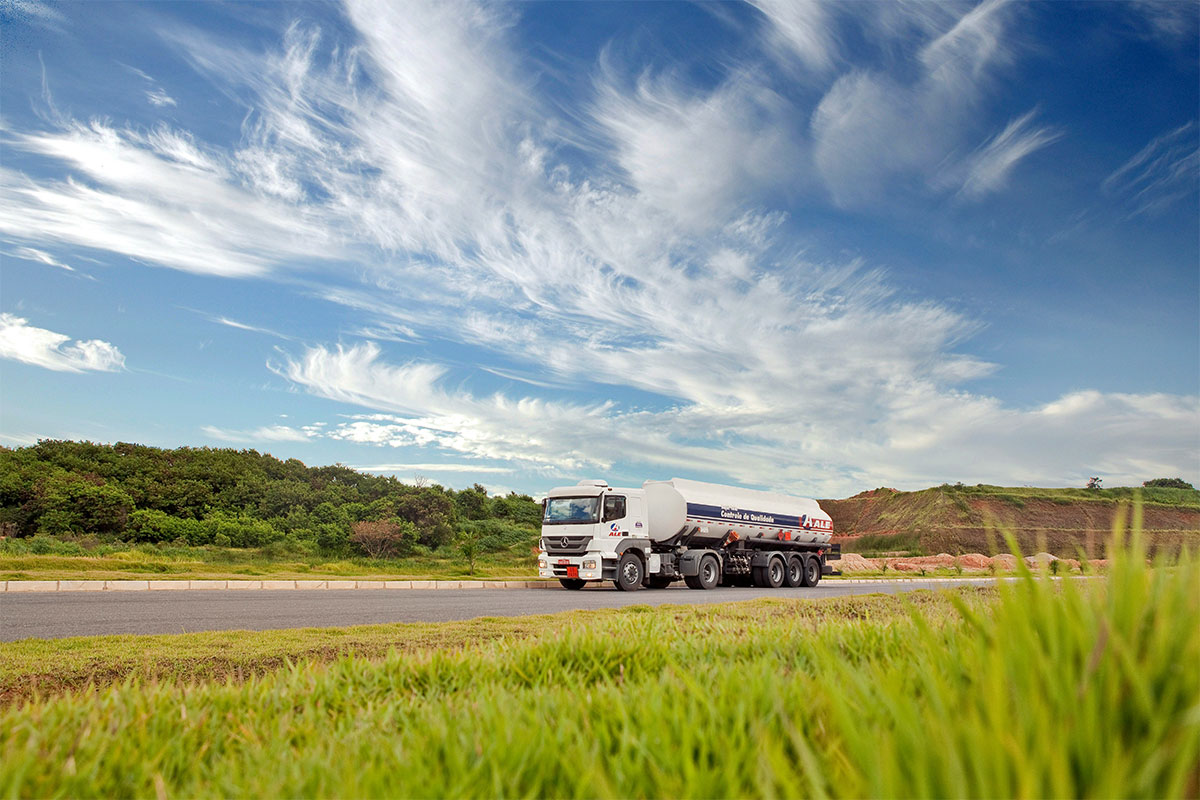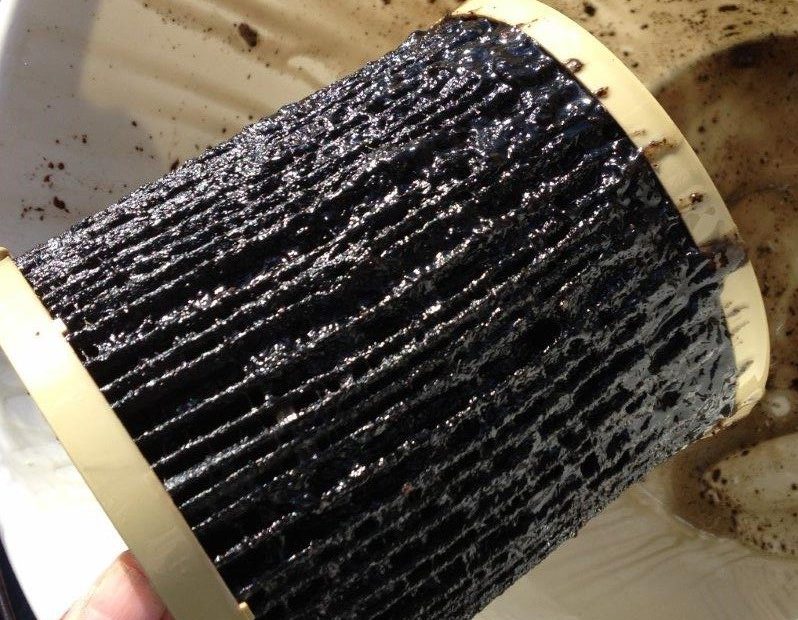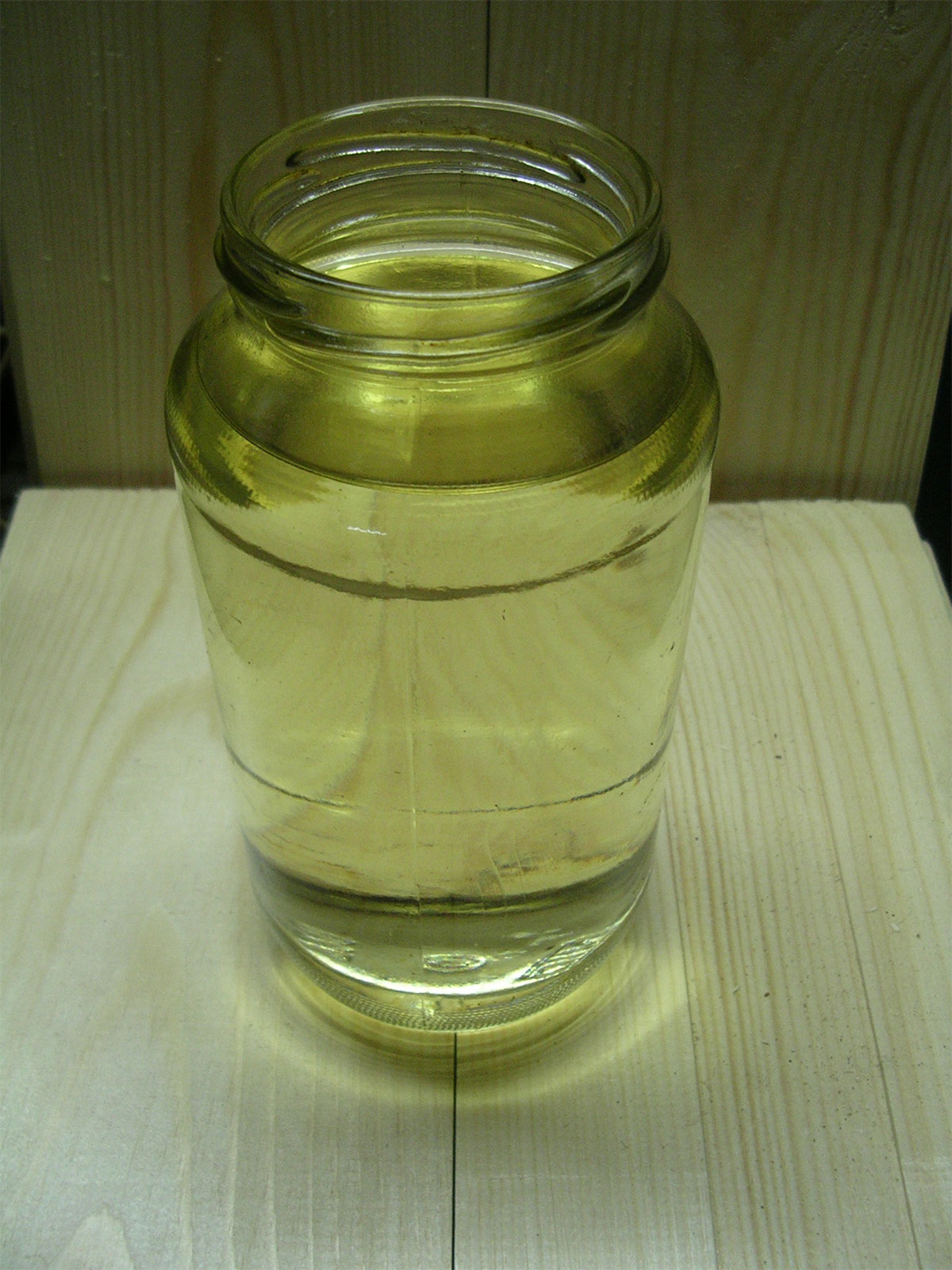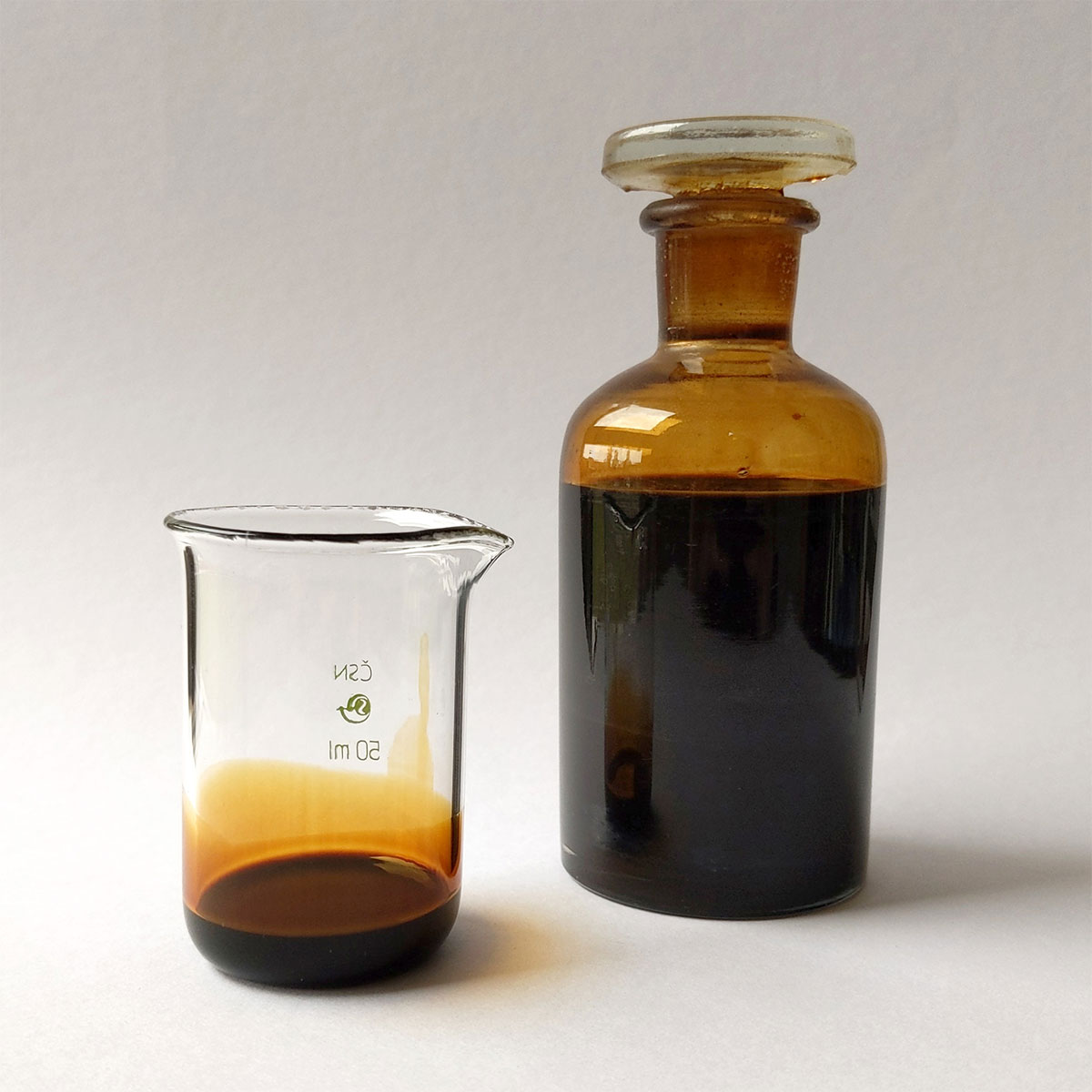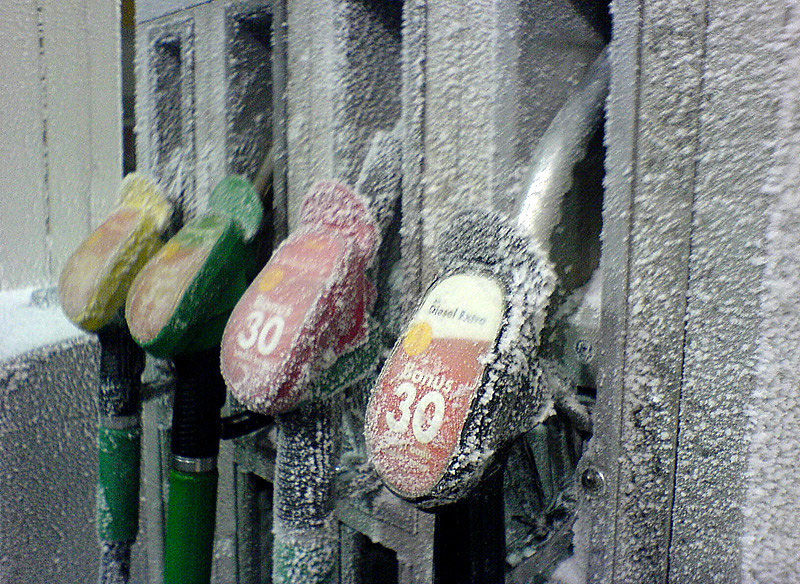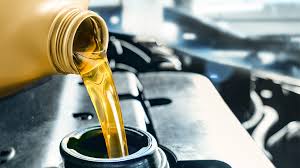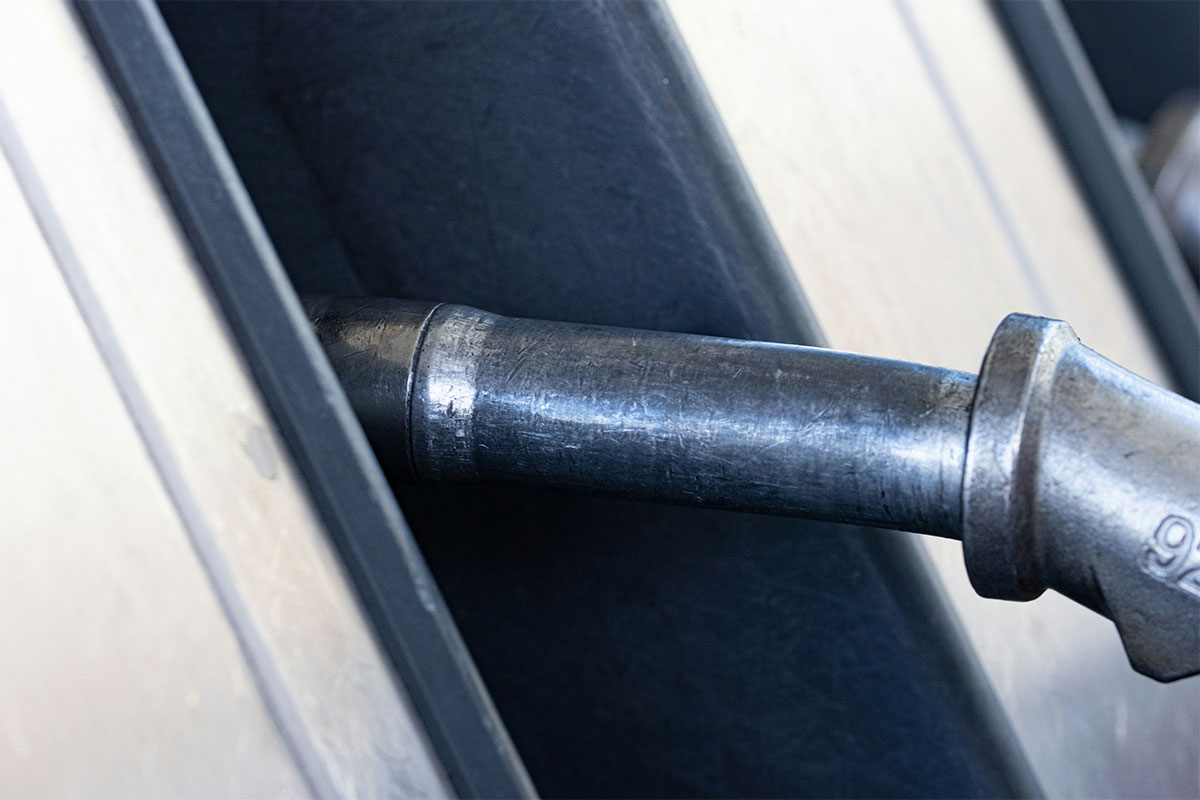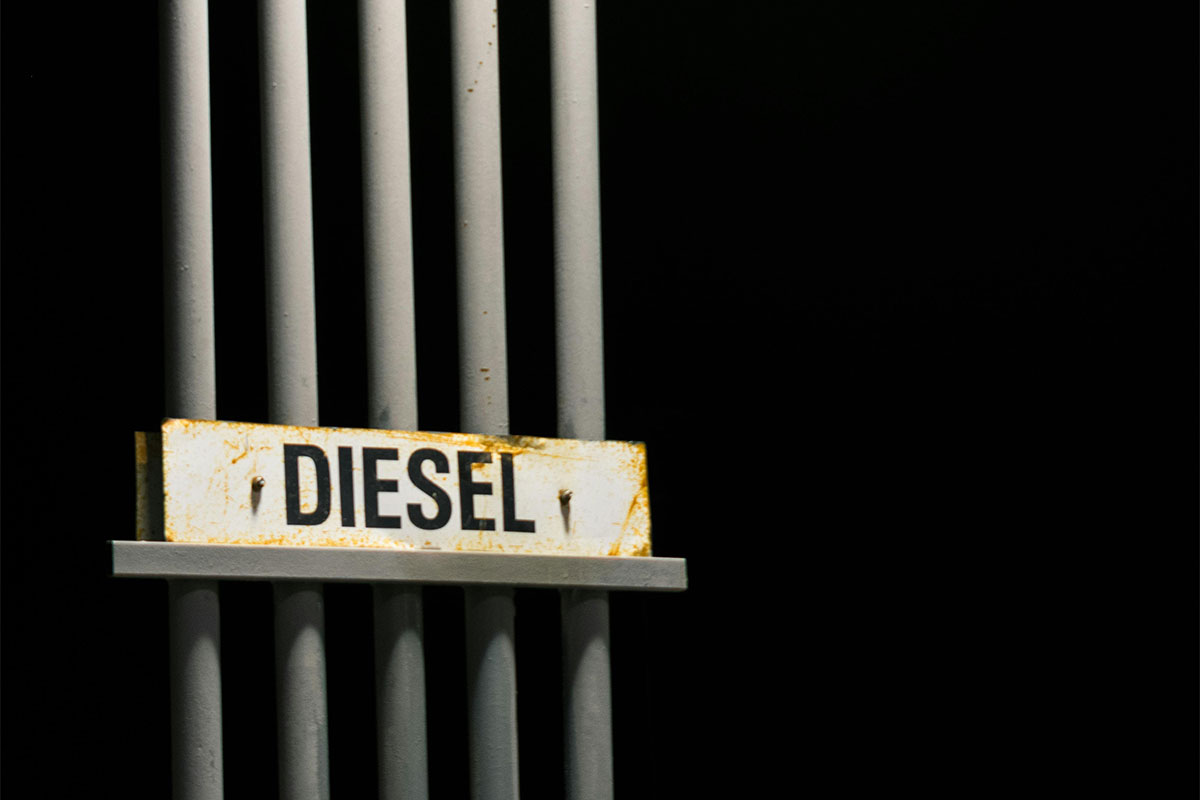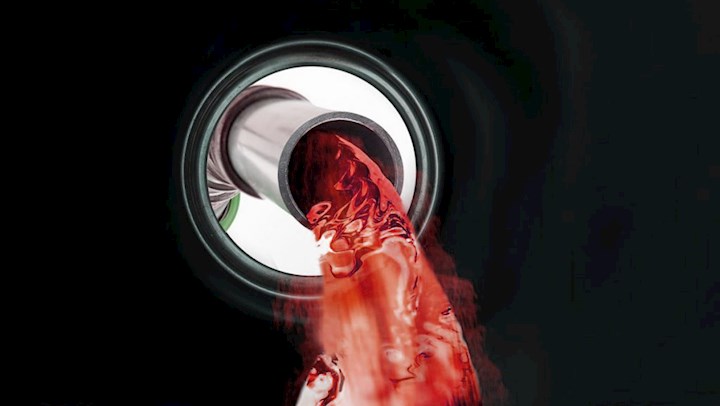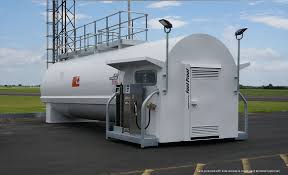Key Takeaways
- Off-road diesel is dyed red to indicate it is untaxed for non-road use.
- Its chemical composition is similar to regular diesel but legally restricted.
- Farm diesel is ideal for tractors, combines, and construction machinery.
- Using off-road diesel on public roads can result in heavy fines.
- Price advantages exist due to tax exemptions, but legal compliance is essential.
Table of Contents
Off Road Diesel
As its name indicates, off road diesel is specifically reserved for non-highway diesel applications such as in agriculture, construction and industrial use. While chemically unidentifiable from regular diesel, off road diesel has some distinctions that make it stand out. The most distinguishable difference is the red dye added to demarcate off road diesel from other diesel types. This marking earmarks it as unfit for use on public roads. Another major demarcation is in taxation. Most governments have taxes on road diesel, but off-road diesel is exempt from some taxes, this feature boosts its use in crucial industries that require large consumption of fuel off highway. So, switching to off road diesel could actually help you save money on fuel if you’re involved in agriculture, construction, run a factory or any other application where you use a lot of fuel away from public roads. You can check out a fuel saving calculator to understand how.
Understanding the intricacies of off road diesel not only helps you optimize your fuel spend, it also helps you avoid any legal issues that may arise from using off road diesel on public roads. Given that off-road diesel is often bought in bulk and stored for future use, understanding storage standards and regulations is also important in handling off-road diesel.
Off Road Diesel Vs. Other Diesel Types
| Feature | Off road diesel fuel | Highway diesel fuel | Farm diesel |
|---|---|---|---|
| Chemical Composition | Off-road diesel fuel is chemically almost identical to regular diesel used on highways. Today, it is typically Ultra-Low Sulfur Diesel (ULSD), containing 15 ppm sulfur or less, which makes it compatible with most modern diesel engines. The only real difference is that it contains a mandatory red dye added for enforcement, allowing inspectors to detect illegal use on public roads. Mechanically, it will perform the same as taxed road diesel. | Highway diesel fuel, also called on-road diesel, is refined to the same ULSD standards but is always clear or slightly green/yellow in color. It may also contain additives for lubricity, detergents, or biodiesel blends depending on regional regulations. This is the required fuel for all road diesel vehicles such as cars, buses, and trucks. | Farm diesel is essentially the same as off-road diesel and follows identical standards for sulfur content and performance. It is dyed red for enforcement and can legally be used in farm machinery, irrigation equipment, and other agricultural applications. It performs like highway diesel but is reserved for agricultural and non-road use. |
| Sulfur contention | Historically, off-road diesel had higher sulfur levels, sometimes up to 500 ppm or even more, which provided natural lubricity but created harmful emissions. Since 2014 in the U.S. and similar timelines elsewhere, regulations require that off-road diesel be sold as ultra-low sulfur diesel (ULSD), aligning it with highway standards. This reduces pollution and ensures that emissions-control equipment is not damaged. | Highway diesel has been mandated to be ULSD since 2006 in the U.S. and many other countries. This fuel has a sulfur limit of 15 ppm, which drastically lowers emissions of sulfur dioxide and particulates. It is critical for compliance with EPA and Euro standards. Modern trucks and buses with catalytic converters or diesel particulate filters require ULSD to function properly. | Farm diesel, like off-road diesel, is sold as ULSD today. While older equipment could run on high-sulfur diesel, environmental rules have phased it out. Farmers using modern tractors, harvesters, and irrigation pumps benefit from ULSD’s cleaner combustion and compatibility with current diesel engines. |
| Color/dye | The most recognizable feature of off-road diesel color is its bright red dye. The dye is federally mandated and makes fuel inspections easy, preventing people from avoiding road taxes. The dye has no mechanical effect on engines—it is simply for identification and legal enforcement. This is why it is often referred to as dyed diesel or red diesel fuel. | Highway diesel, also called clear diesel, is visually distinct. It has no red dye and appears clear or sometimes with a faint green or yellow hue, depending on regional additives. Its color signals that taxes have been paid and it is approved for public road vehicles. | Farm diesel color is also red, identical to off-road diesel. Farmers can clearly identify that they are using the legally permitted, tax-exempt fuel for agricultural applications. The shared coloring ensures both regulators and end users know the fuel’s designated purpose. |
| Taxation | Off-road diesel is classified as untaxed diesel because it is not used for highway transportation. This makes it significantly cheaper per gallon, as it avoids federal and state road-use taxes. Governments allow this exemption to reduce costs for industries like farming, mining, and construction that depend heavily on diesel-powered machinery. | Highway diesel is fully taxed. These taxes, often substantial, fund road construction, repair, and transportation infrastructure. When you buy road diesel at a gas station, you are paying not just for the fuel itself but also for the highway-use tax embedded in the price. | Farm diesel is also tax-exempt, making it a low-cost option for farmers. Its untaxed status supports the agricultural industry by reducing the operating expenses of farms that rely heavily on diesel-powered tractors, combines, and irrigation systems. |
| Legal uses | Off-road diesel fuel can legally be used in tractors, excavators, bulldozers, stationary generators, construction equipment, mining machinery, and other vehicles or machines that never operate on public roads. It is prohibited from being used in any car, truck, or bus that drives on highways. | Highway diesel is the only legal fuel for cars, semi-trucks, buses, and other diesel-powered vehicles that operate on public roads. Using any dyed fuel in these vehicles is illegal and heavily penalized. | Farm diesel is permitted only for agricultural machinery such as tractors, harvesters, irrigation pumps, and other equipment that operates off-road. Using it in highway vehicles is also strictly illegal. |
Worried About Using the Wrong Diesel Fuel?
Off-road vs. highway diesel rules can be confusing—but choosing the wrong one could cost you thousands in fines. Learn how to identify fuel types and stay compliant.
What Color Is Off Road Diesel?
Off-road diesel is red in colour. This is its most distinctive feature that has earned it the name “red diesel”. This flour comes as a result of adding red dye to regular fuel to demarcate it for off road use. This colour differentiates off road diesel vs regular diesel, permitting the authorities to ensure that off-road diesel isn’t used illegally.
To achieve this red colour, a red dye is applied to demarcate off road diesel from on road diesel which is usually a clear or pale yellow. Farm diesel can also be red or pink depending on local laws. When off-road diesel is stored for long term use, you must ensure that the red colour is maintained as its absence may indicate a legal violation. The purpose of the red dye is to clearly mark off road diesel so in the case of any confusion during road side inspections, a chemical test can be carried out to confirm that the fuel contains dyed off-road diesel.
Is Off Road Diesel Low Sulfur?
With the general push for lower sulfur content in fuel, off road diesel which used to have more sulfur content than road diesel is now formulated as ultra-low sulfur diesel (USLD). This change is done as an effort to comply with emission reduction goals.
High sulfur contents are generally not very good for the environment as they have higher emissions. Meanwhile ultra-low sulfur off road diesel is very compatible with more engines and generally more mechanically safe in addition to being environmentally safe.
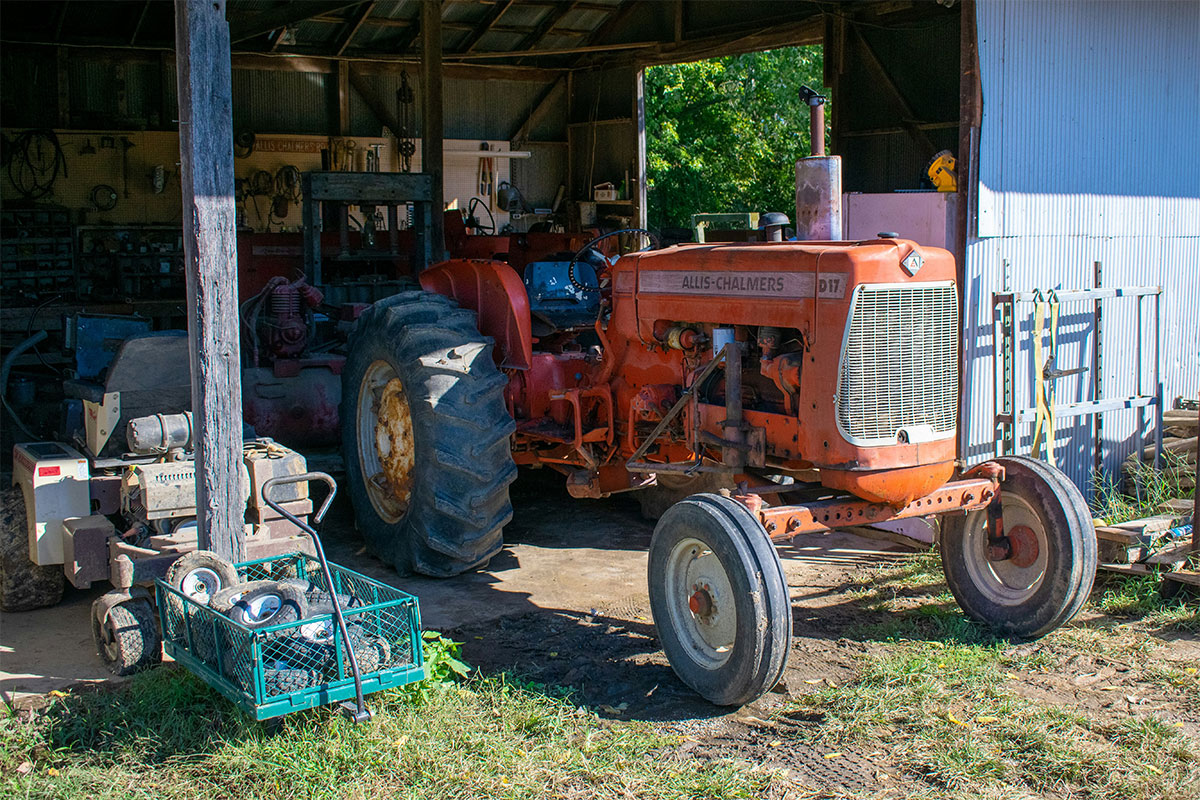
Why Is Off Road Diesel Illegal On Public Roads?
Off-road diesel is regulated differently from road diesel. It is taxed differently; while road diesel is taxed by regulators in order to use the money to fund road infrastructure. But off road diesel is untaxed and so it is confined to be used away from public roads. Using off road diesel on public roads can lead to steep fines, seizure of your vehicle and even criminal charges. To understand the rules, triggers, liabilities and how penalties are enforced in using red diesel on public roads, check this table
| Law/Rule | Trigger(What Brings Liability) | Penalty | Notes/Enforcement Details |
|---|---|---|---|
| 26 U.S.C. § 6715 (IRC – Civil Penalty for Dyed Fuel Misuse) | Use of dyed diesel fuel in a taxable (on-road) highway vehicle. Knowingly selling or delivering dyed diesel for highway use. Altering or attempting to alter/remove the red dye or marker. |
Greater of $1,000 or $10 per gallon involved. Plus assessment of federal excise tax owed on the gallons used improperly. IRS may also authorize vehicle seizure in cases of willful violation. |
This is the main enforcement hook. IRS and DOT auditors treat any amount of dye detected in highway tanks as evidence of misuse. Strict liability, intent is irrelevant once dye is present. LII §6715 |
| 26 C.F.R. § 48.6715-1 (Treasury Regulation Interpreting §6715) | Tampering with, altering, or attempting to dilute/remove red dye concentration below detectable threshold. Possessing fuel that does not meet dye concentration requirements. |
Penalties track § 6715: $1,000 minimum or $10 per gallon, whichever is greater. Tax deficiencies added. |
Provides regulatory detail on what counts as “tampering.” Defines liability not just for end-users but also for sellers, distributors, and even drivers of vehicles containing dyed fuel. LII CFR §48.6715-1 |
| 26 C.F.R. 48.4082-1 (Dyed Diesel and Terminal Rules) | Diesel removed from terminal without proper dye/marker injection. Selling or storing off-road diesel in violation of marking rules. Failing to keep proper records of dye injection. |
IRS may assess penalties under §6715 and disallow tax credits for blenders/distributors Civil penalties can be compounded for each incident of non-compliance. |
Targets upstream actors (refineries, terminals, wholesalers). Ensures dyed diesel is consistently distinguishable from clear highway diesel. LII CFR §48.4082-1 |
| What inspectors actually test | Roadside inspections by IRS/DOT/state fuel tax enforcement. Spectrophotometric analysis of fuel samples drawn from tanks, filters, or injectors. |
No tolerance, even trace dye residue constitutes a violation. | Enforcement officers are equipped with handheld dye detectors calibrated to ppm thresholds. Some states also dip farm tanks to catch illegal diversions. |
Can You Mix Off Road Diesel With Regular Diesel?
Mixing off-road diesel with regular diesel is safe and will lead to no mechanical issues as their chemical compositions are very similar. However, off road diesel in highway vehicles can lead to legal consequences as this could be interpreted as tax evasion.
When a vehicle has used off-road diesel and has to go on the highway, the tank of the vehicle needs to be properly cleaned before switching to road diesel. This will prevent the red dye from staining the road diesel. Mixing off-road and road diesel can also dilute the red diesel color making the test for red diesel more complicated when it’s being inspected for compliance.
Want to Save on Fuel for Your Farm or Construction Site?
Off-road diesel is tax-exempt and significantly cheaper than highway fuel. See exactly how much you could save with bulk deliveries and tax-friendly fueling strategies.
Can You Mix Off Road Diesel With Regular Diesel?
Mixing off-road diesel with regular diesel is safe and will lead to no mechanical issues as their chemical compositions are very similar. However, off road diesel in highway vehicles can lead to legal consequences as this could be interpreted as tax evasion.
When a vehicle has used off-road diesel and has to go on the highway, the tank of the vehicle needs to be properly cleaned before switching to road diesel. This will prevent the red dye from staining the road diesel. Mixing off-road and road diesel can also dilute the red diesel color making the test for red diesel more complicated when it’s being inspected for compliance.
Will Red Diesel Damage My Engine?
Red diesel will not damage your engine in any way. It has the same chemical composition as regular diesel, especially off road ultra low sulfur diesel.
To protect your engine from potential damage, you have to ensure that the fuel is free of water, doesn’t have sediment and is free of contaminants. Make sure to use off-road diesel in the right equipment such as tractors, generators and construction equipment that will not go on public roads. When you do this, you’re safe from any form of liability. The only time you will run into trouble when using red diesel is if you use it in on-road vehicles, these troubles will be legal. And not mechanical.
Unsure Where to Buy Off-Road Diesel Near You?
Finding trusted suppliers is easier than you think. We’ll show you how to source red diesel legally, store it safely, and keep your operations running without interruption.
Is Off Road Diesel OK For Tractors?
The short answer is yes. With a little caveat being that the tractors in which off-road diesel is used most have off-road applications only. You can use off-road diesel in
- Construction equipment: Every equipment like excavators that is needed on the construction site and needs fuel for power can take off-road diesel
- Agriculture: On farms, machines like tractors that intervene in farming operations can take off-road fuel. Off-road diesel is for off-road applications, so in any equipment that doesn’t involve using public roads, off-road diesel is suitable.
Is Off Road Diesel Cheaper Than Regular Diesel?
Off-road diesel is cheaper than on-road diesel. This is because on-road diesel is subject to some taxes that don’t affect off-road diesel. Off-road diesel has tax exemptions on federal taxes and state fuel taxes that highway diesel doesn’t have.
While the prices for diesel vary by region, off-road diesel is usually cheaper than regular diesel. So business owners and fleet operators can switch to off-road diesel for their off-road equipment. This will save them a lot of money in fuel costs. And sticking to the laws of how red diesel is used will save them from legal issues.
How Long Does Off Road Diesel Last?
Red diesel typically lasts from 6-12 months when properly stored. If additives are introduced in red diesel, the shelf-life may be extended to 18months. Temperature fluctuations, water contamination and exposure to air can affect the shelf-life of off-road diesel.
To maintain red diesel at its best quality, you can:
- Store is in cool dry spaces using tanks that are properly sealed
- Keep away from sunlight
- Use stabilizers to extend shelf-life of red diesel
- Inspect fuel regularly for sediments, and microbial growth.
Is Off Road Diesel The Same As Heating Oil?
Chemically, off-road diesel and heating oil have the same composition, especially their sulfur content. This is subject to sulfur limits that vary per state. However, they can’t be used interchangeably due to the tax exemptions on red diesel. Additionally, heating oil may contain additives that aren’t suitable for engines. So for the approved machinery, off-road diesel is the safe and legal option.
Using off-road diesel vs heating oil is subject to regulatory requirements. So it is not recommended to use them interchangeably.
Where To Find Off-Road Diesel Near You?
Off-road diesel can be supplied by agriculture cooperatives, licensed fuel distributors and specialized bulk fuel retailers. Red diesel can also be found in some gas stations.
Digital tools can help locate off-road fuel suppliers. It is also possible to store red diesel on construction sites and farms. In this case you will be refueled by bulk suppliers. Using bulk suppliers and storing red diesel on-site permits tractors, generators and construction machinery to work uninterrupted and avoid down time linked to fuel shortages.
